Vertical Garden: [Complete Guide, Examples and How to Make Yours]
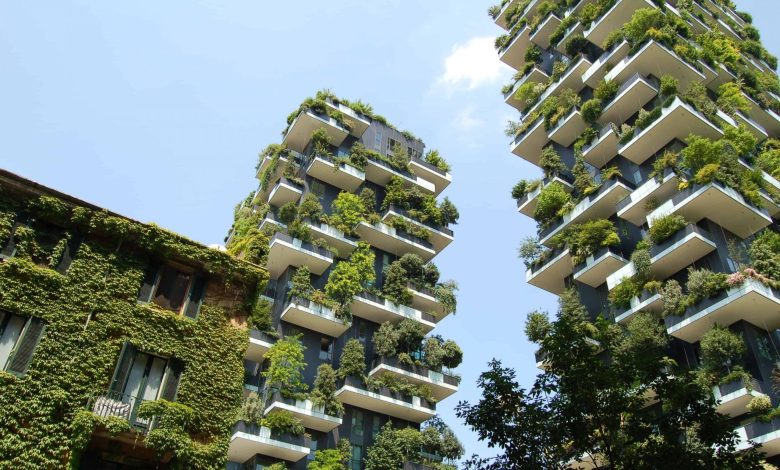
What can this article offer you?
We are going to show you what a vertical garden is. We also show you 27 ideas (with photos) of real vertical gardens that may help you.
Finally, we write down the advantages of this type of garden, as well as the plants that best adapt to them.
Can you come with us?
What is a vertical garden?
Vertical gardens are special structures covered with plants of various species, where it is intended to imitate their ability to develop on cliffs and/or ravines, with support in disciplines such as botany, hydroponics and even engineering and architecture, if they aspire to do so. enduring.
The idea is to take advantagethe natural ability of some plantsto survive suspended, with the help of a structure that allows them to grow parallel to the ground thanks to an independent structure fixed to the wall.
Therefore, when building them, we must first analyze the way in which the plants that will make up our garden find a mechanical support that offers them optimal survival conditions and a correct nutritional supply.
27 Ideas to make your own vertical garden (PHOTOS)
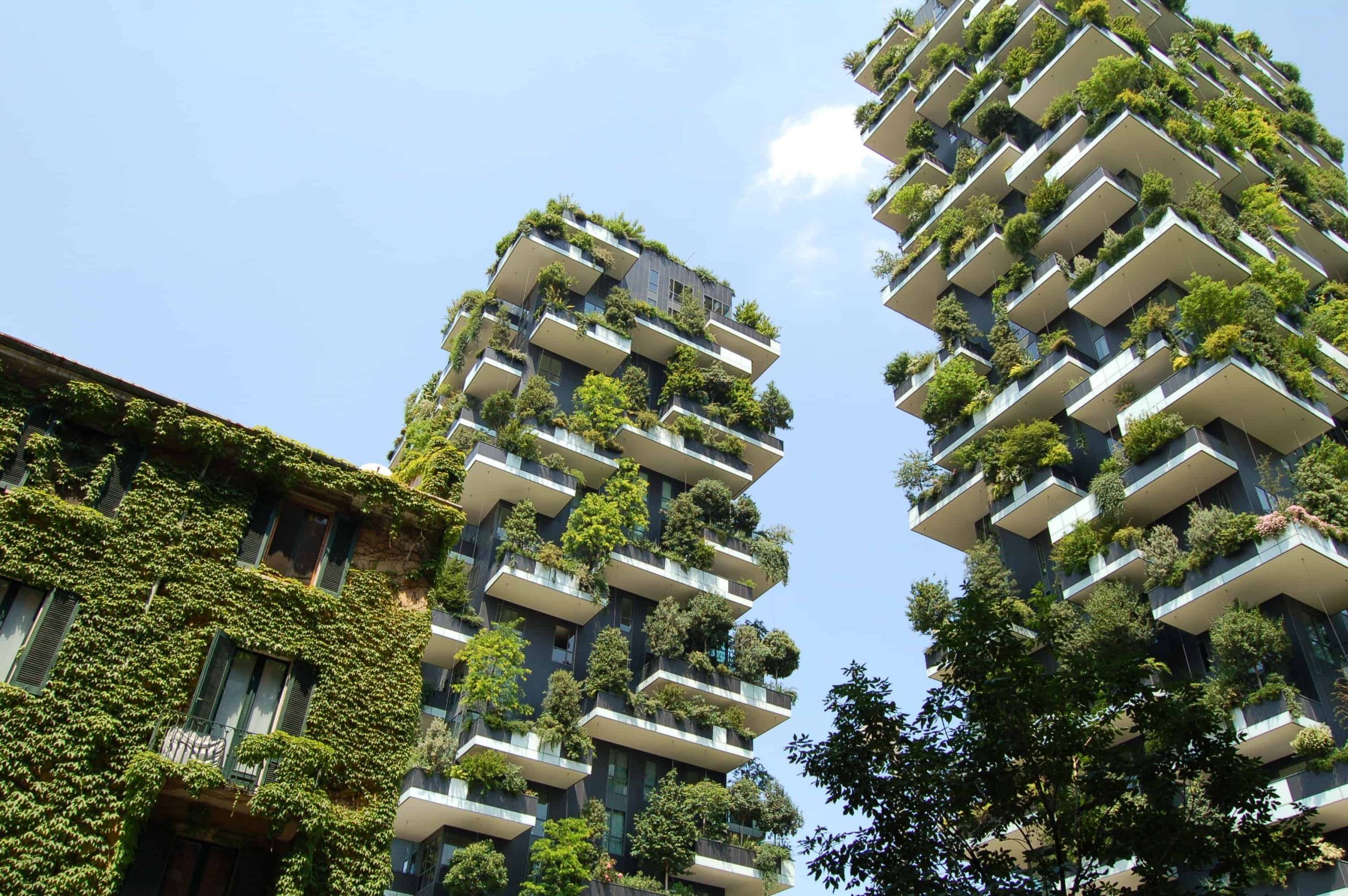
Unfortunately, it is not as common as we would like. But there are many buildings that for years have cultivated vertical gardens on their facades. When the plants have grown, the views they give us are really spectacular, don’t you think?
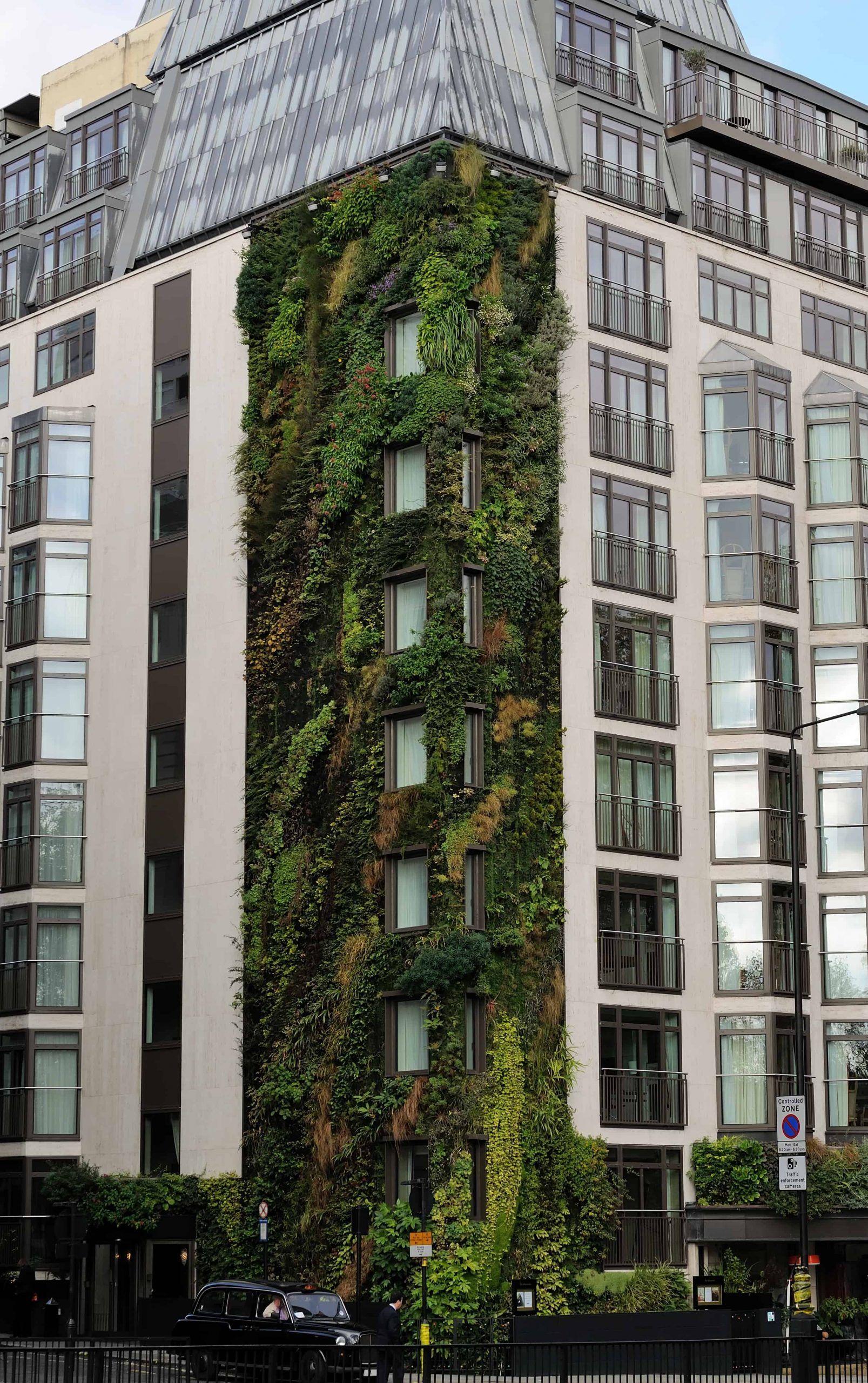
Here you can see another facade as a vertical garden, this time in the United Kingdom.
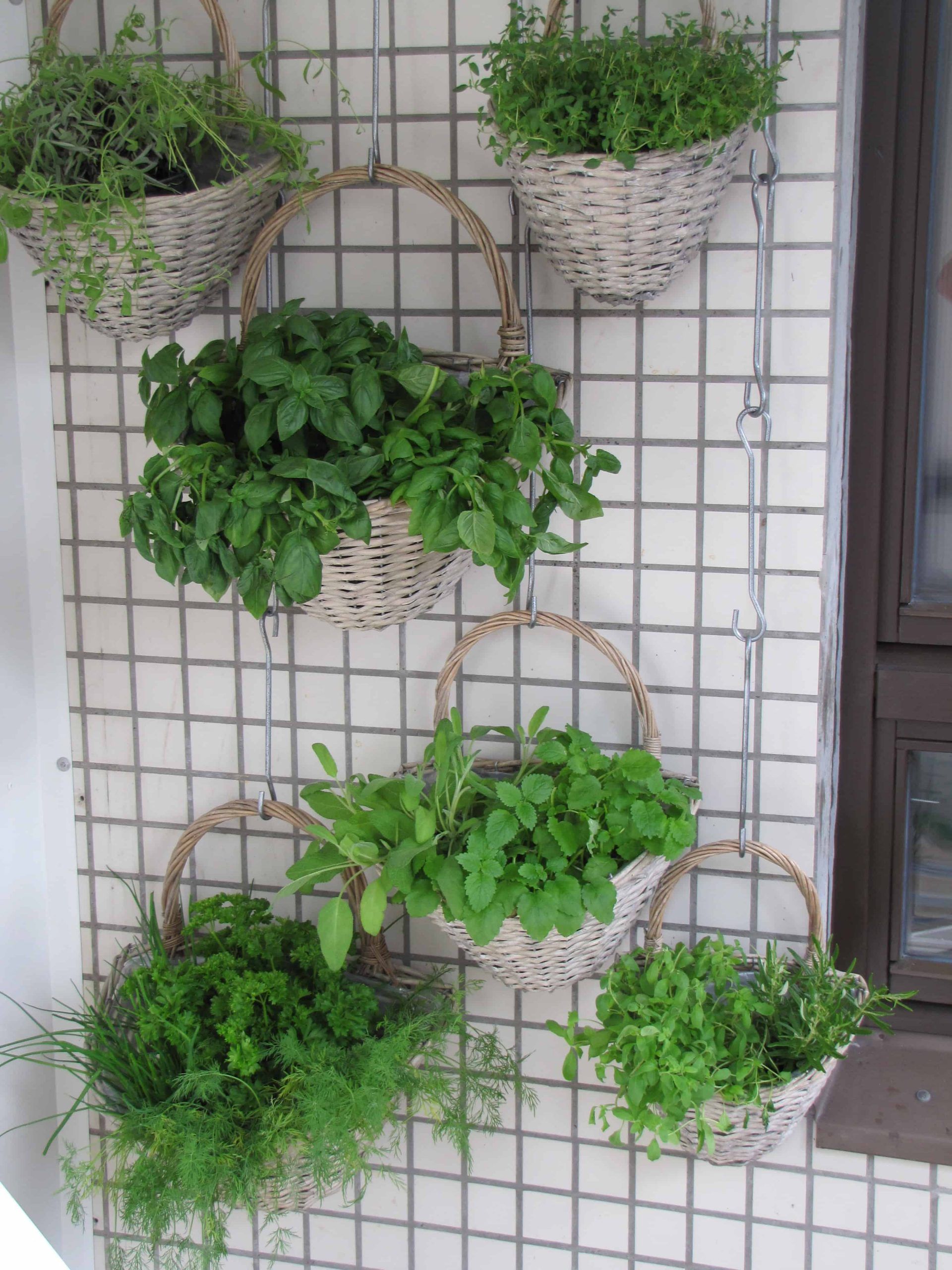
Moving on to the pots, with a grid, they can be hung and give any half-dull wall a green and colorful color. Another style of vertical garden, very easy to implement.
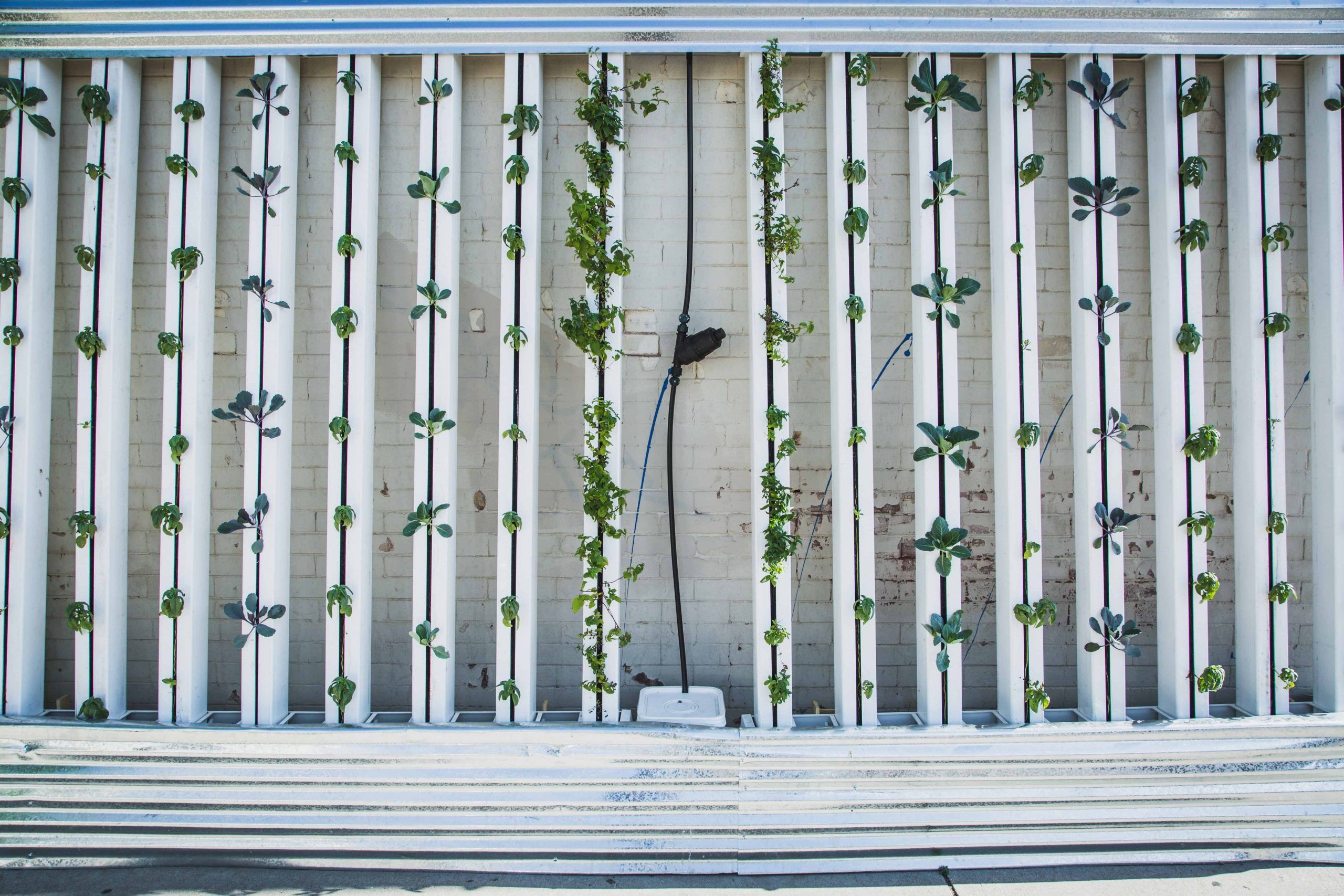
This vertical garden is perhaps a little more difficult to carry out. As you can see, it has an internal irrigation system. With little time, it is likely that these plants will have grown and have more lush vegetation. So the space will be completely covered in green.
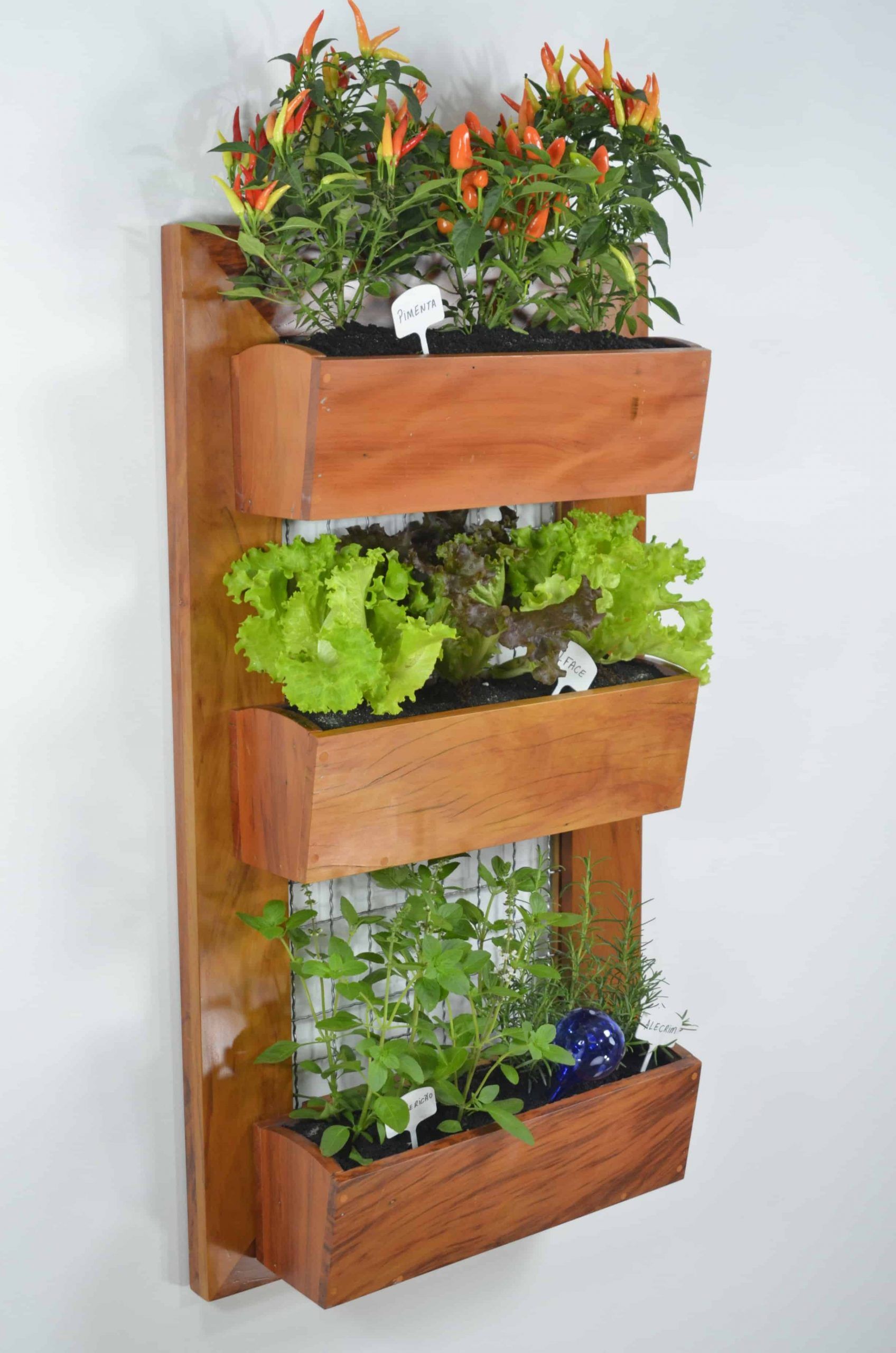
A simple vertical garden with wooden pots. It is possible to buy this type of hanging pots in most decoration and garden stores. Then hanging them up is a snap. You should periodically water your plants.
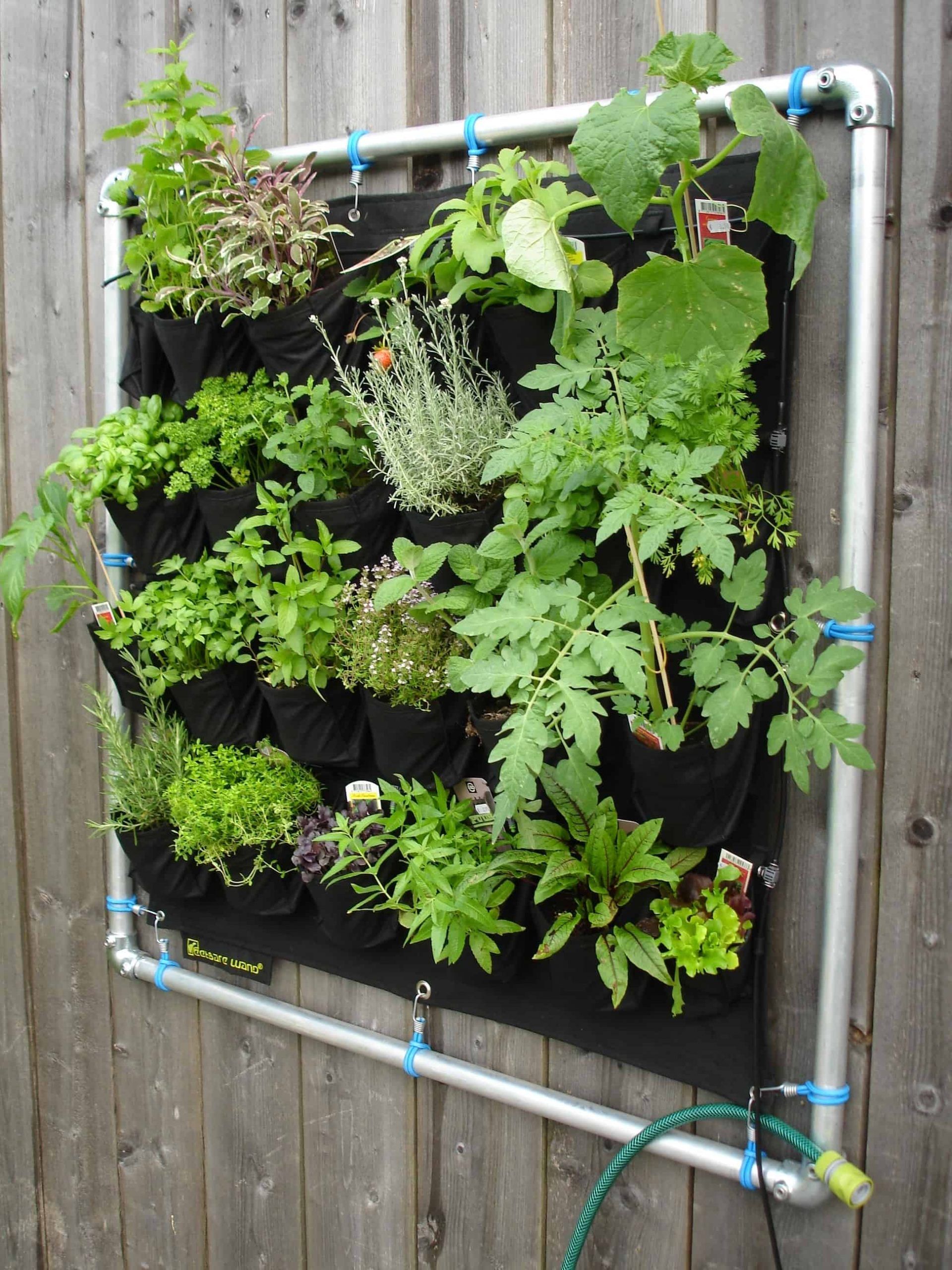
Here we have another vertical garden with an adapted irrigation structure. In addition, it makes use of hanging bags, so the price of the installation is considerably cheaper. You’ll have the hose close at hand, making it easier to regularly water your plants.
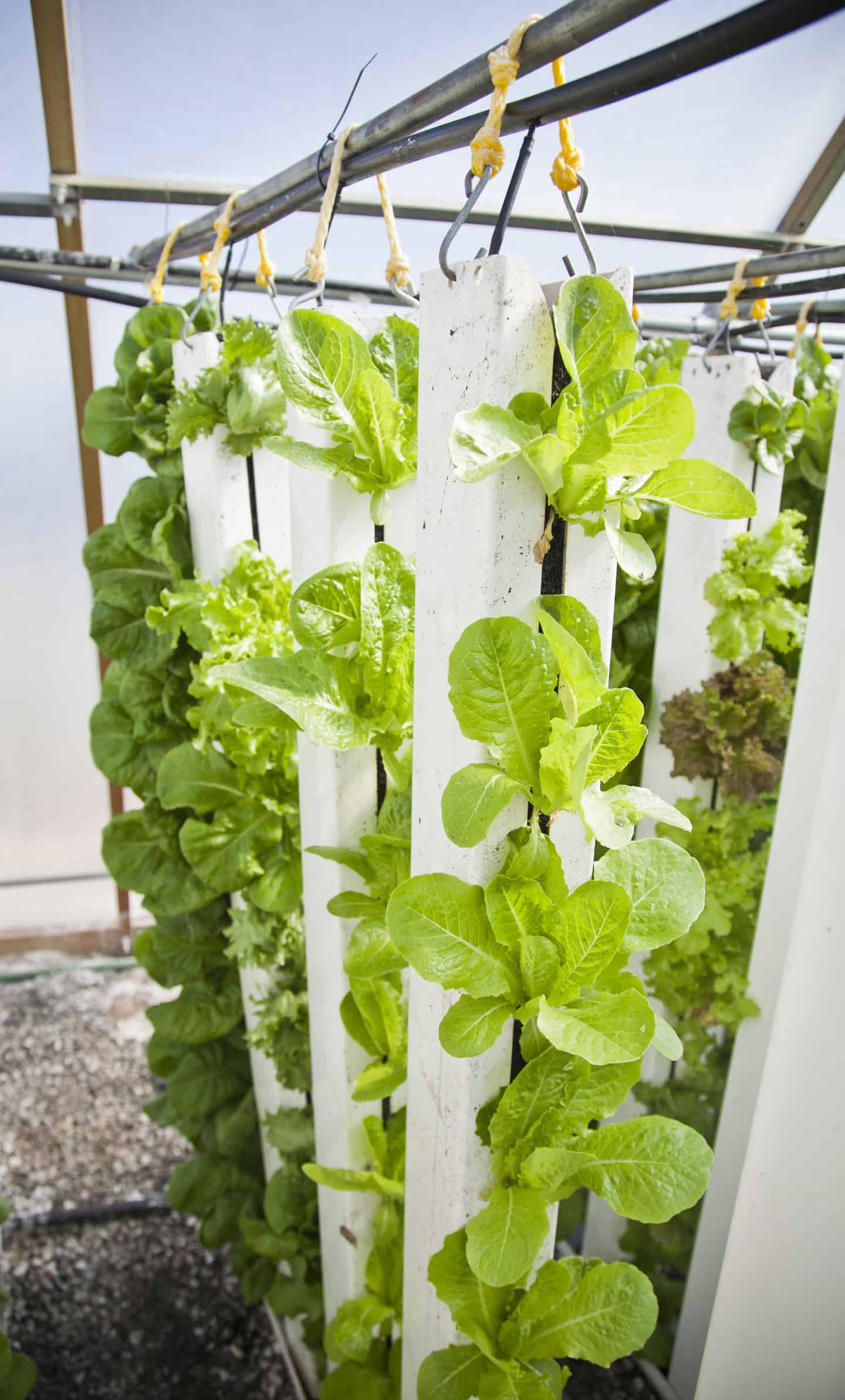
There are numerous vertical gardens that are used with hydroponic systems. In this case we can see how the lettuces in this photo are growing wonderfully.
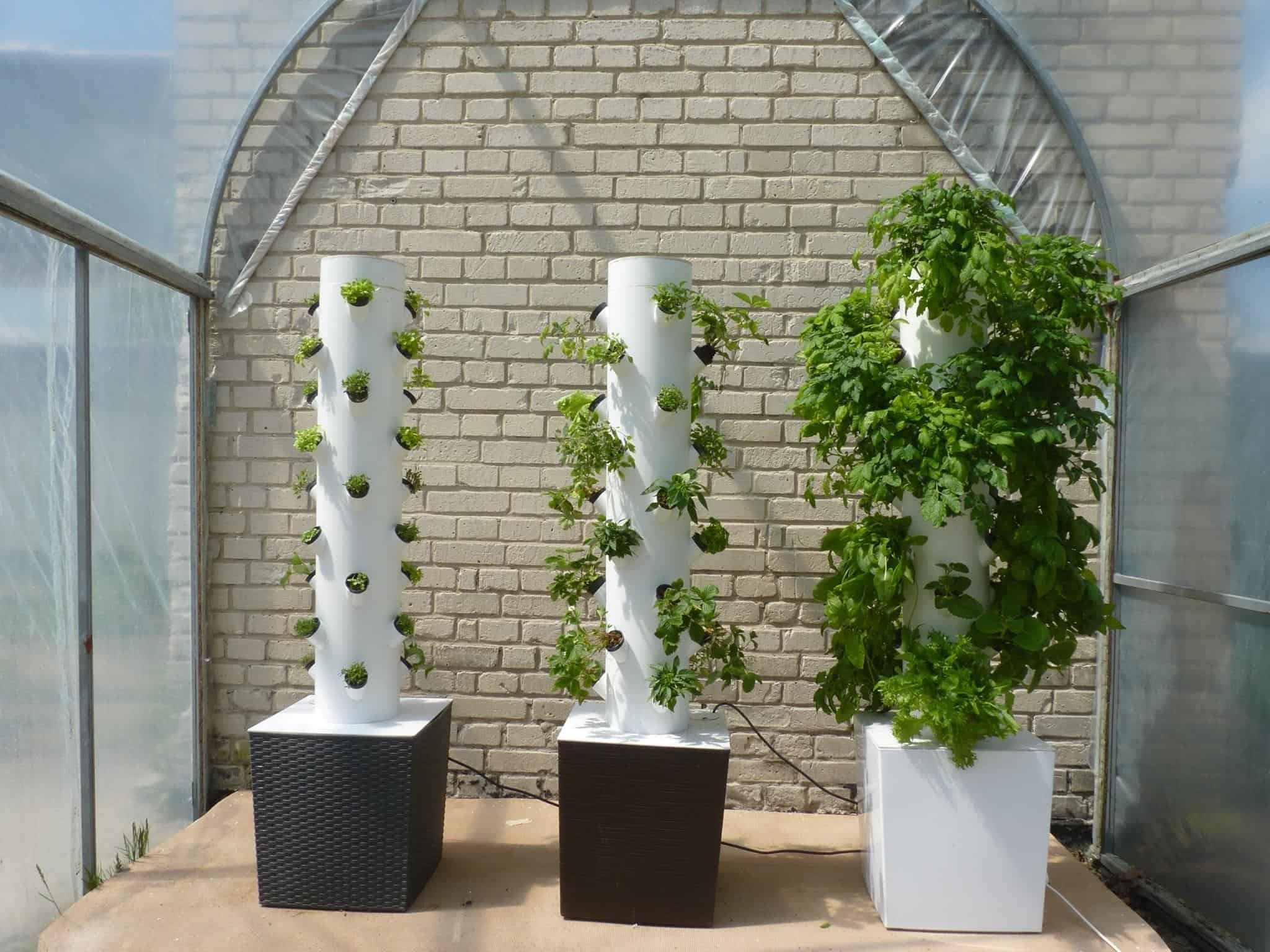
Here we have another hydroponic system, which works with electric current and with beautiful decorative pots. In addition to beautifying the place, this vertical garden provides us with food. What more can we ask for?
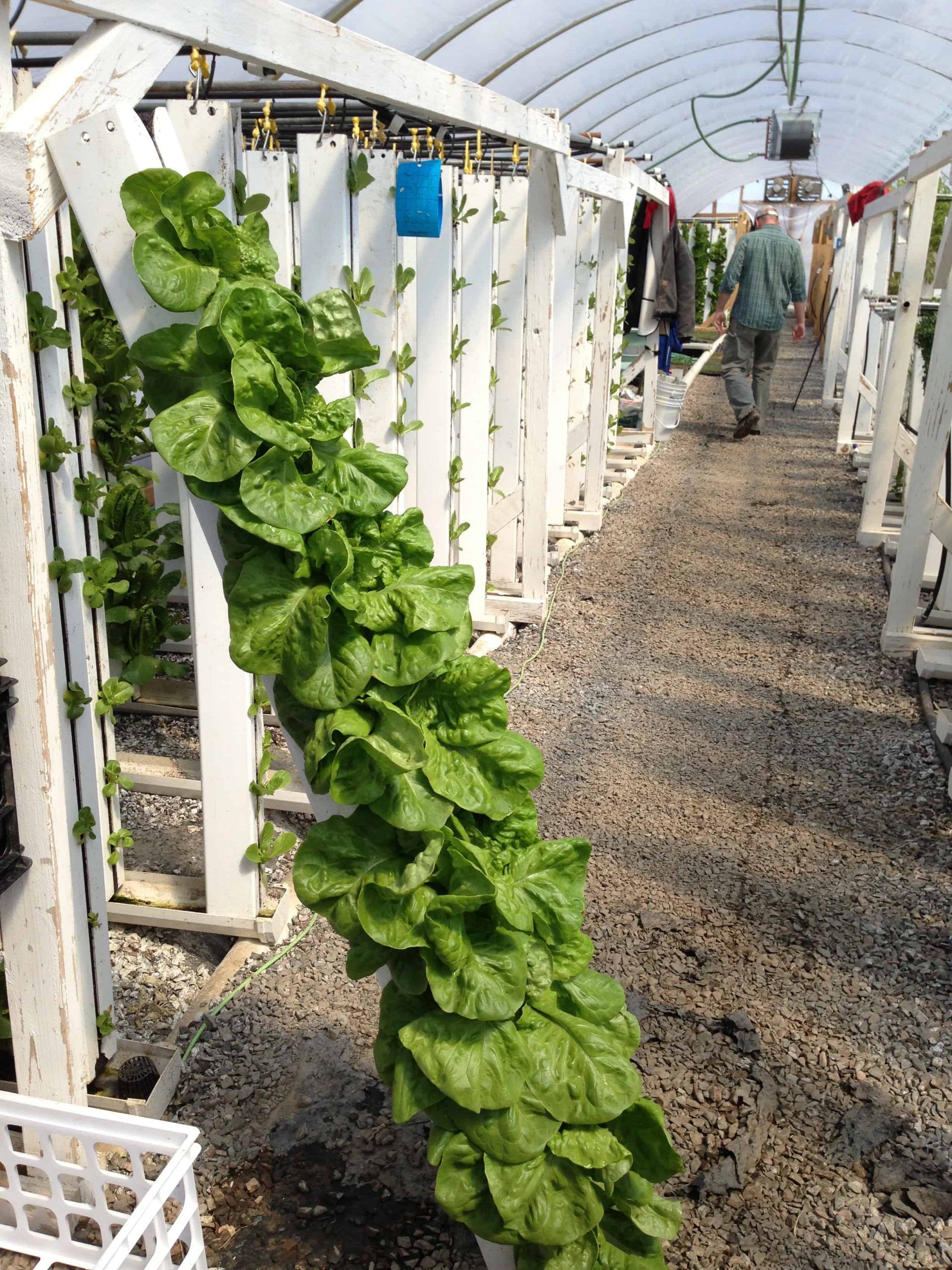
Another hydroponic system, this time with spinach.
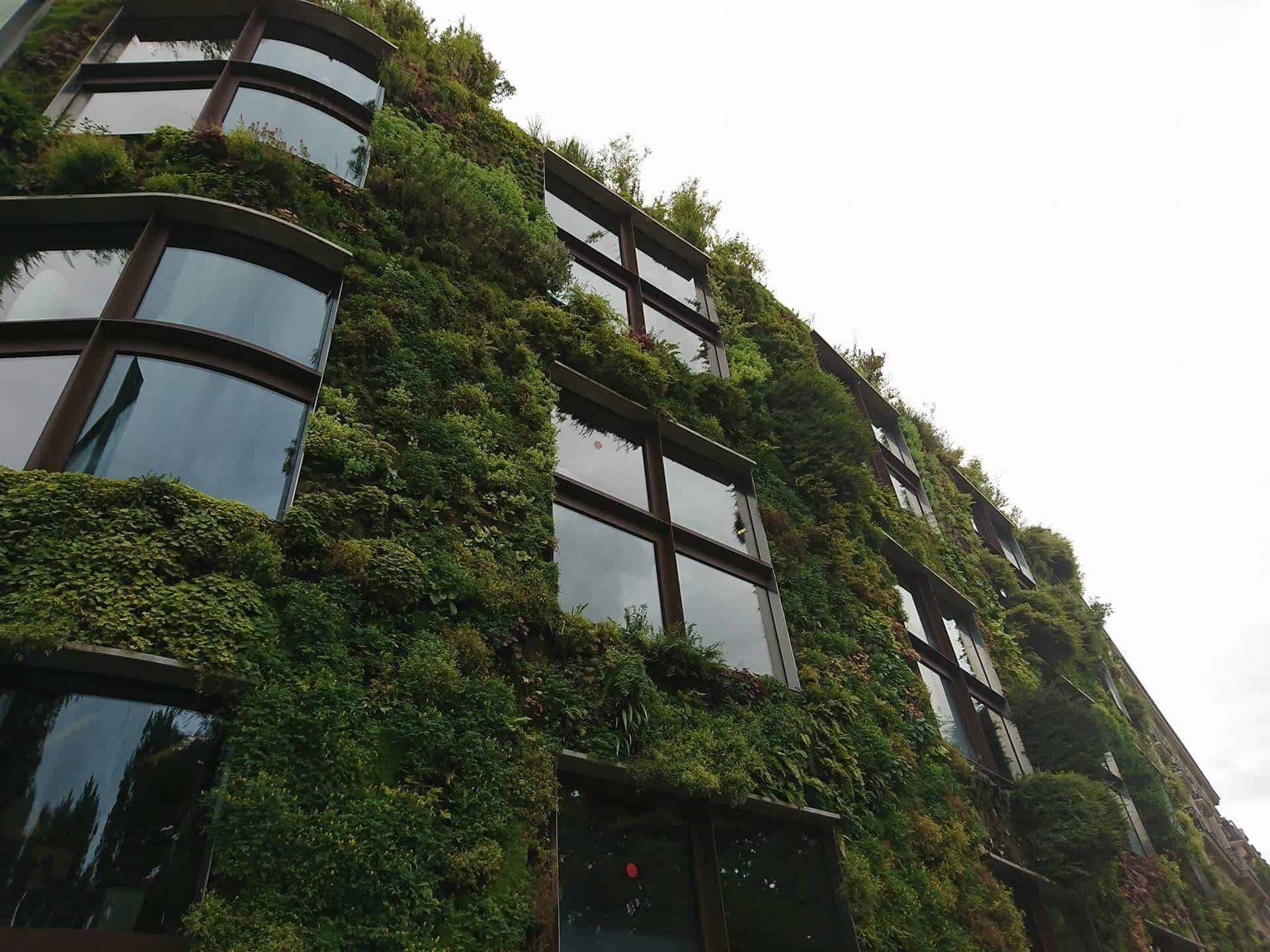
A continuación vamos a ver de nuevo una serie de ejemplos de jardines verticales instalados en fachadas de casas y edificios. Quedan espectaculares.
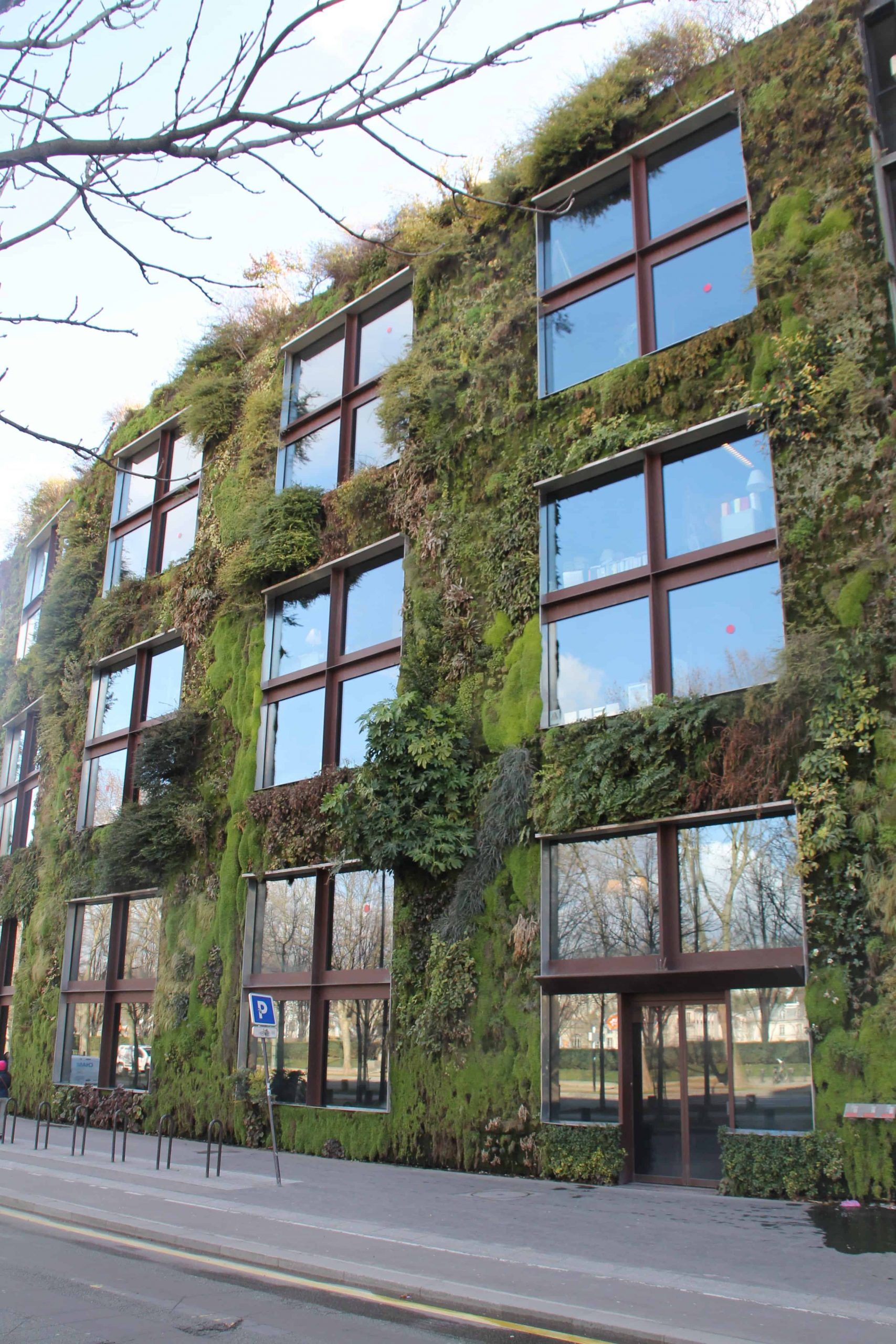

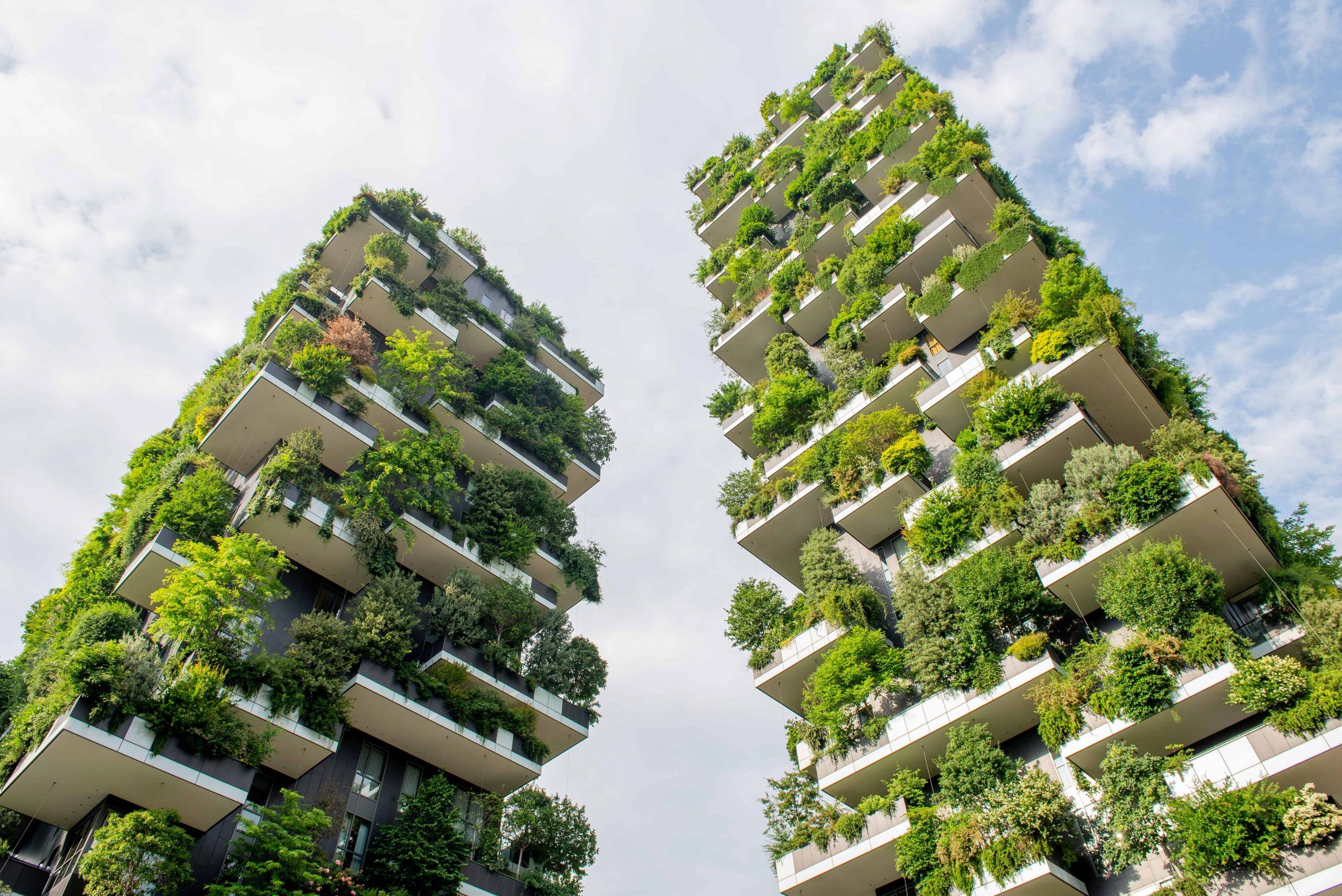

¿Qué opinas de este jardín vertical con forma de mapa mundi? Original, ¿verdad?
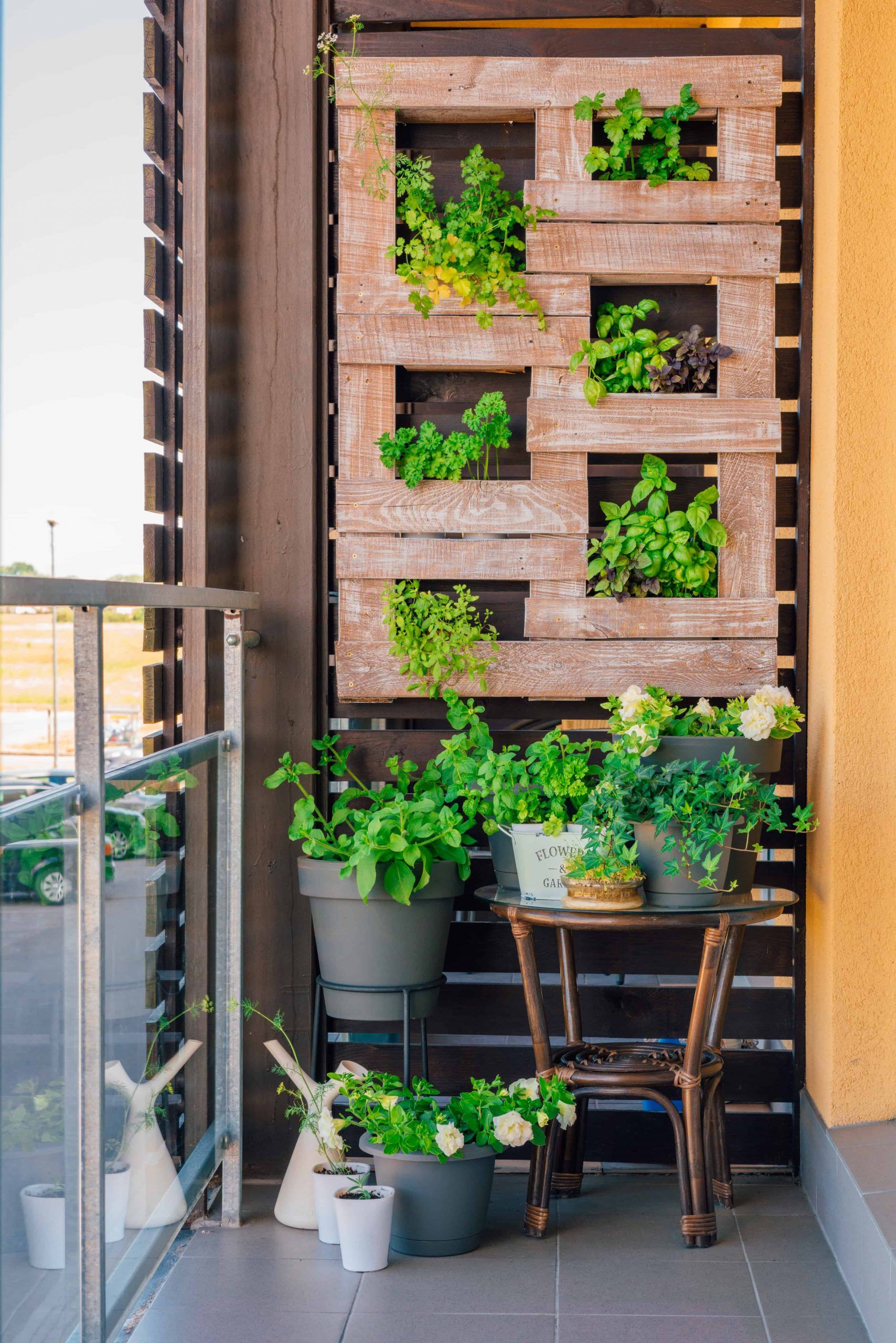
Esta vez hacemos uso de palets, reformados. Si se les aplica un buen barniz y se lijan, los palets pueden quedar muy bien y además, servir como jardines verticales. Muy original, ¿no te parece?
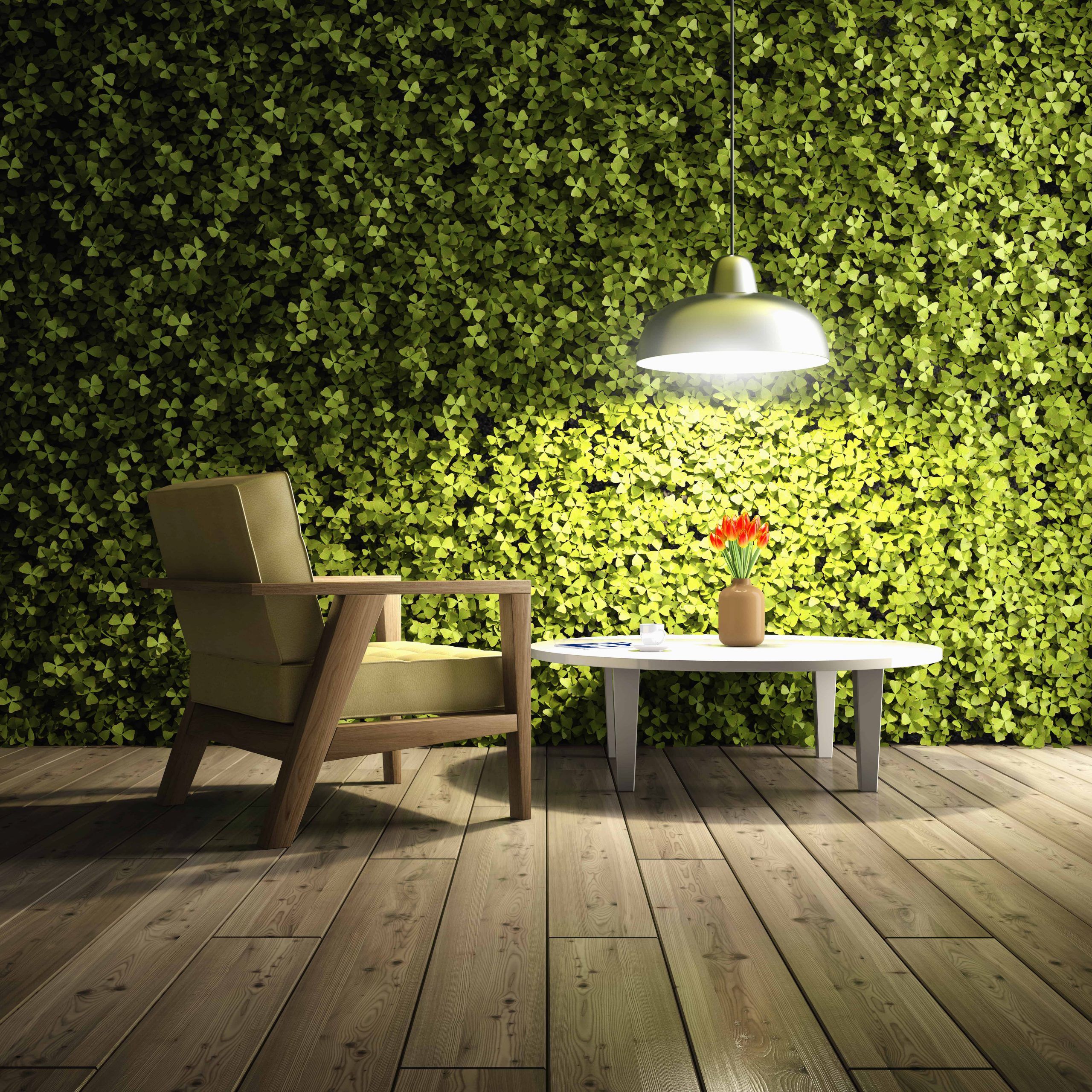
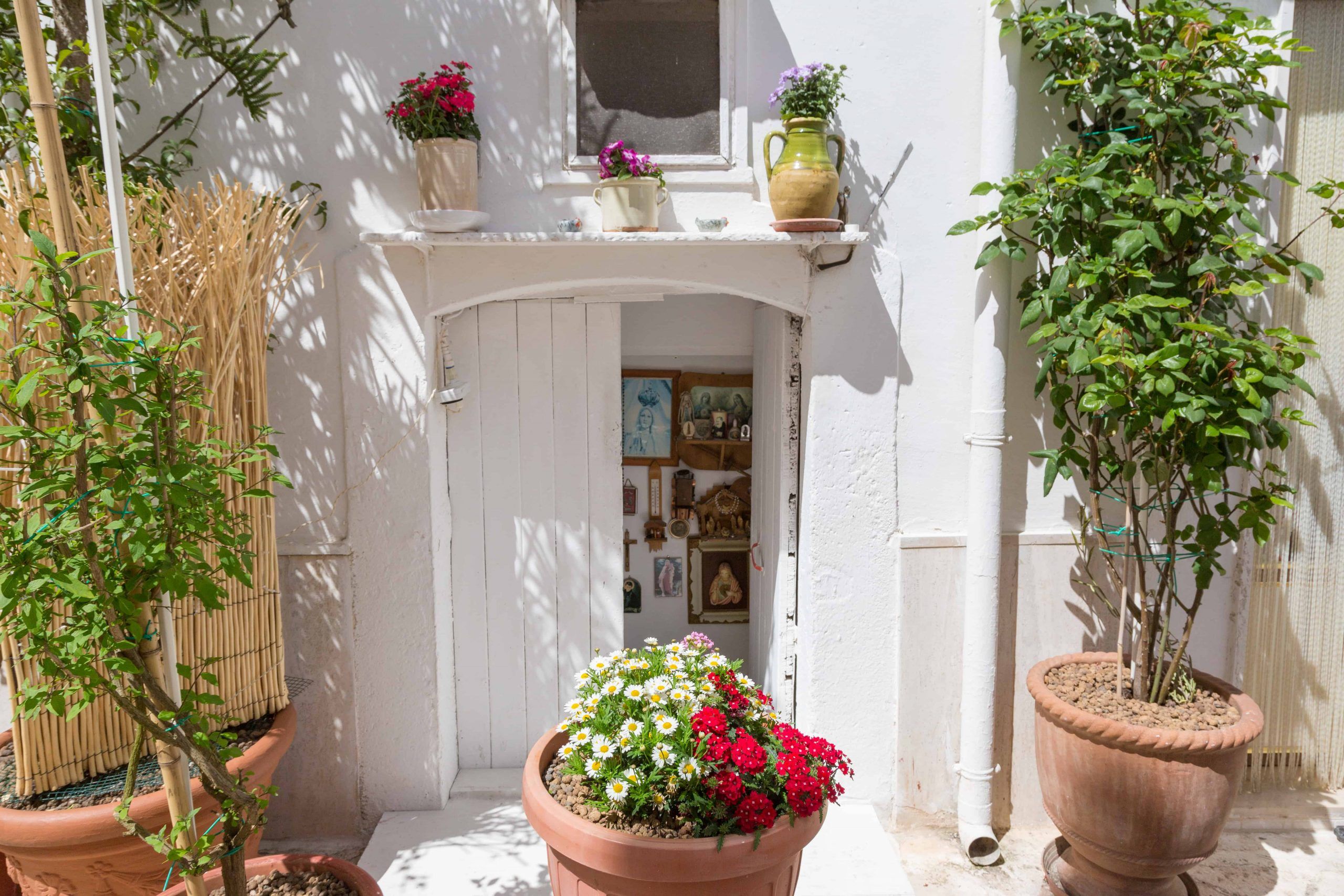
Muchas casas y patios en pueblos españoles e italianos tienen unos jardines verticales espectaculares. Con un estilo Mediterráneo, ¿a quién no le gustaría vivir en sitios como estos?
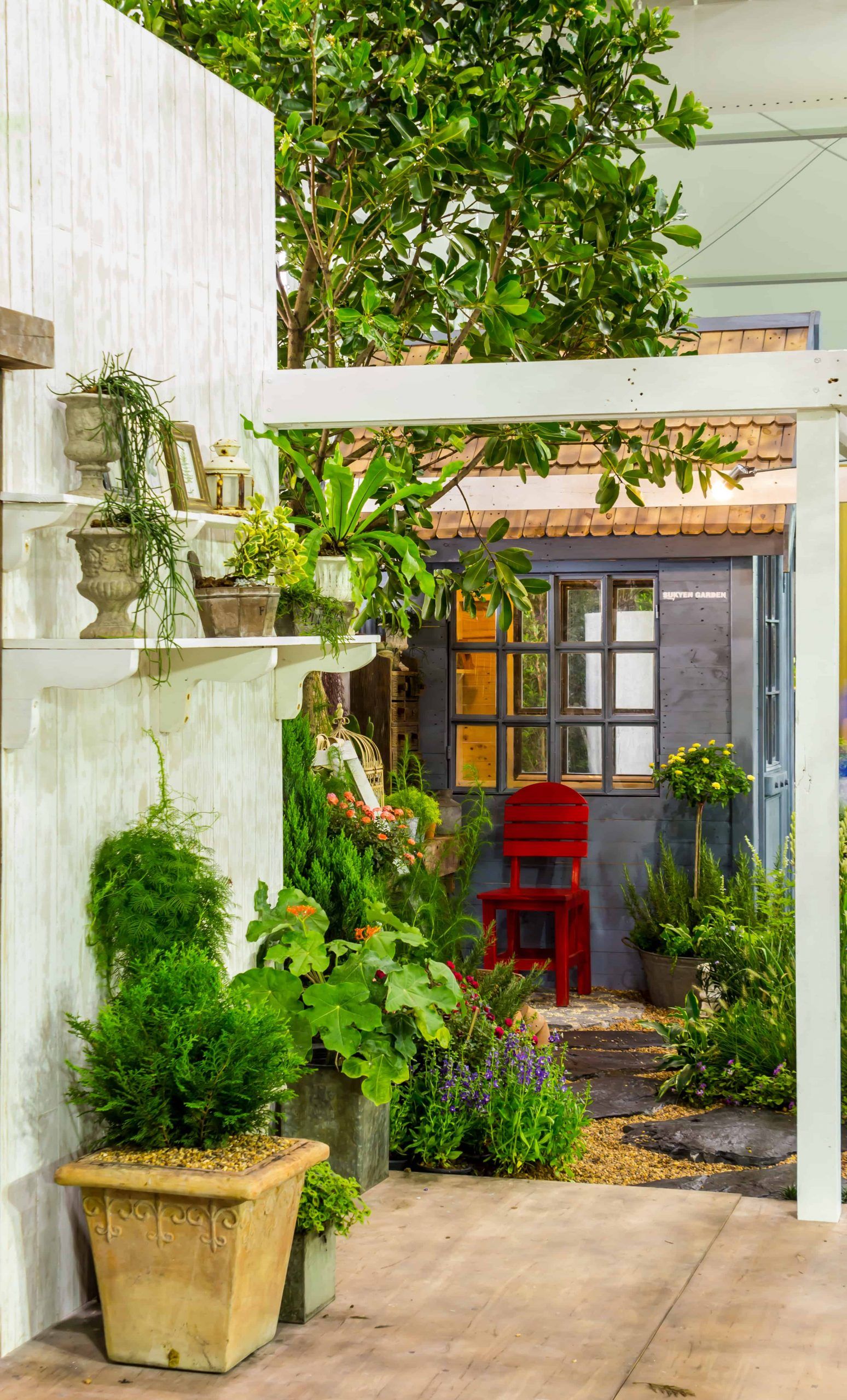
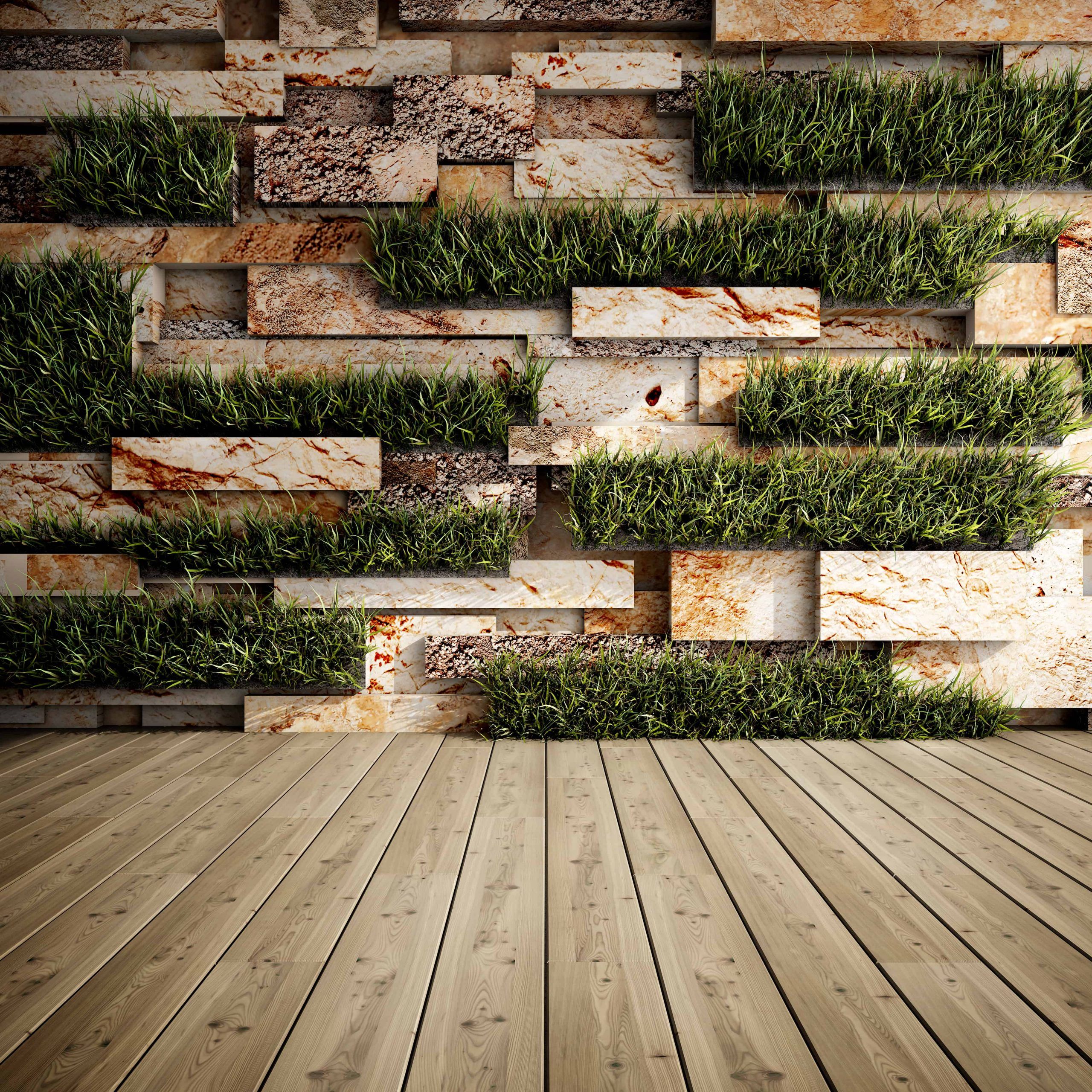
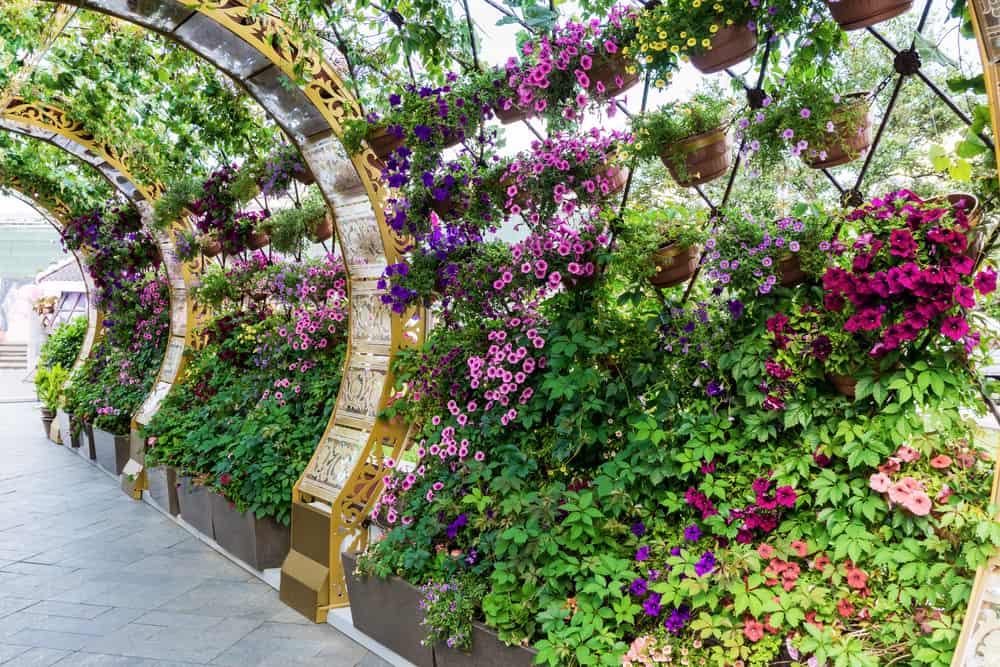
This vertical garden has different ornamental plants and is supported by an iron structure. More expensive and difficult to make, but once achieved, the result is difficult to match.
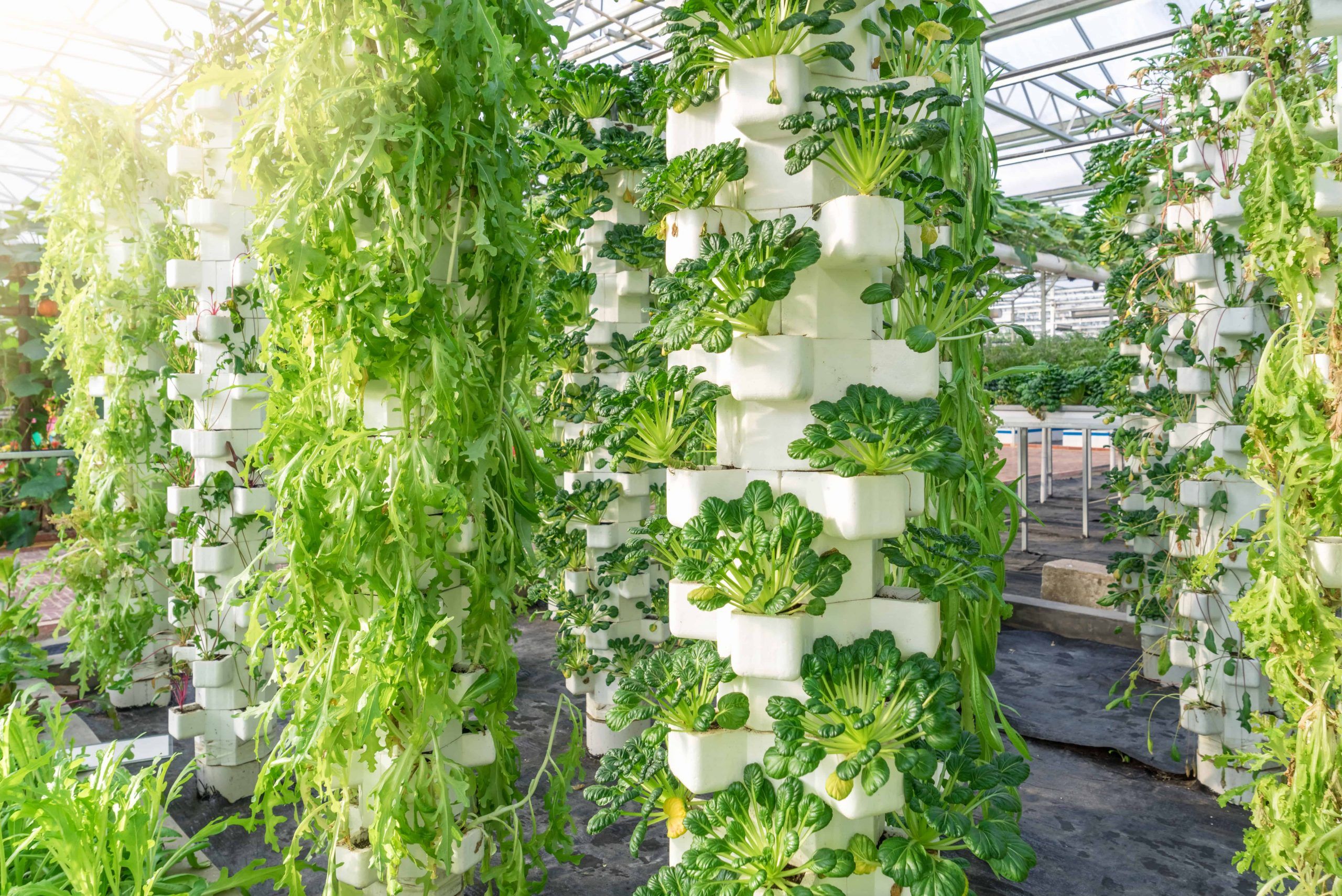
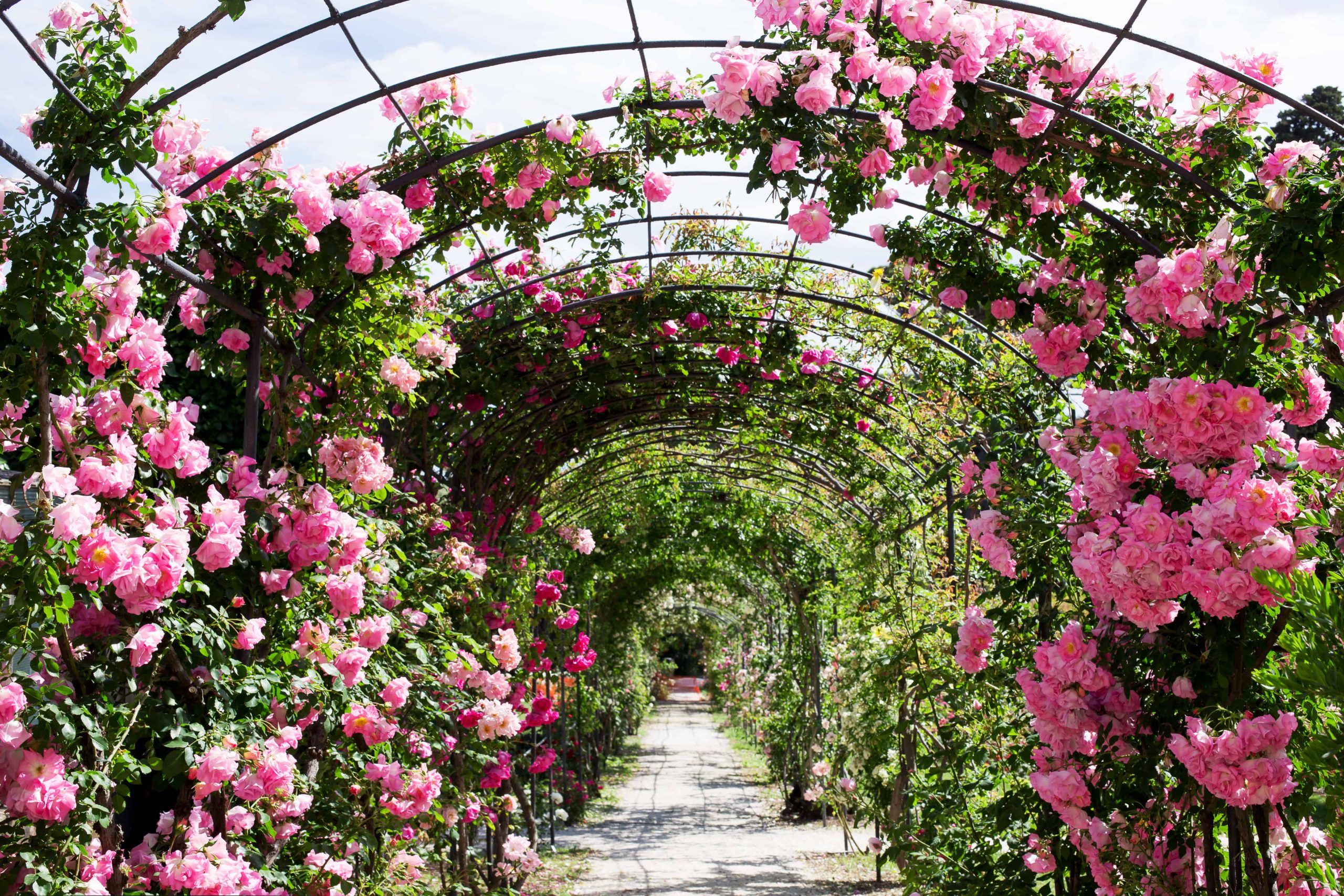
Another system that is based on climbing plants. In this case we can see a large number of rosebushes. Impressive, don’t you think?
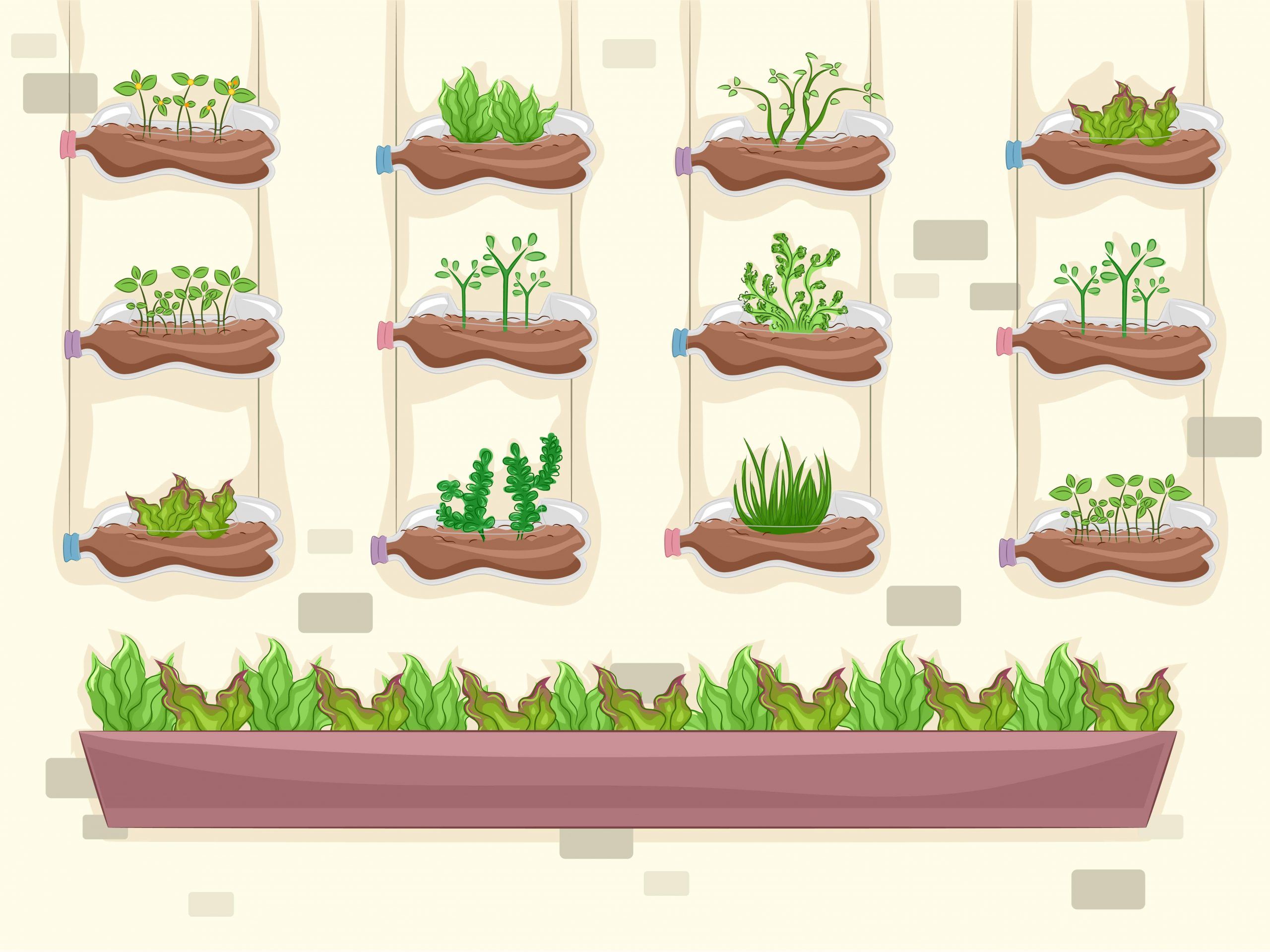
Here we can see a small illustration of a vertical garden made with recycled plastic bottles.
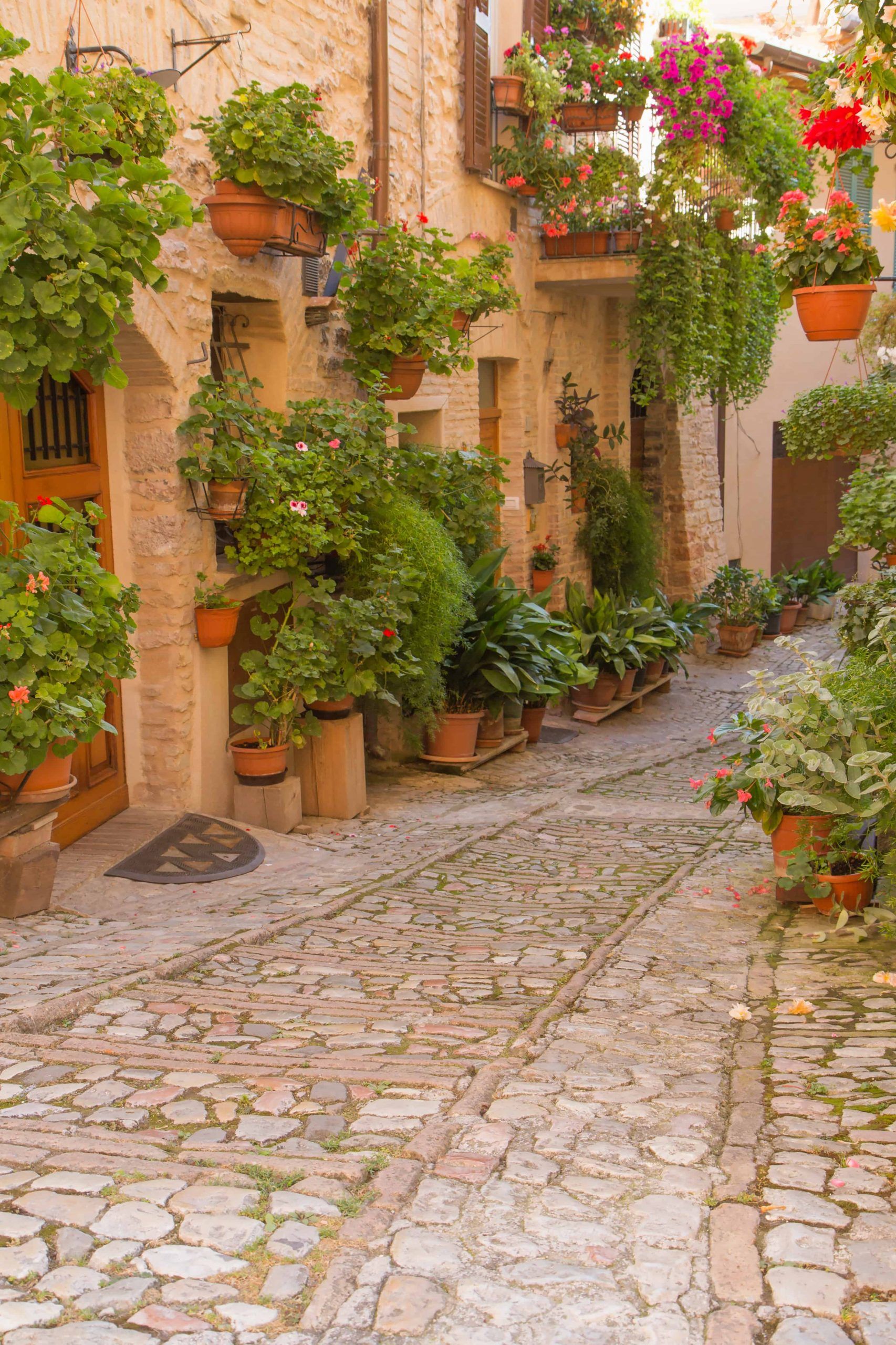
Another interior patio, this time in a town in Spain. Numerous pots embellish the place, which, being in the shade, does not require too much watering.
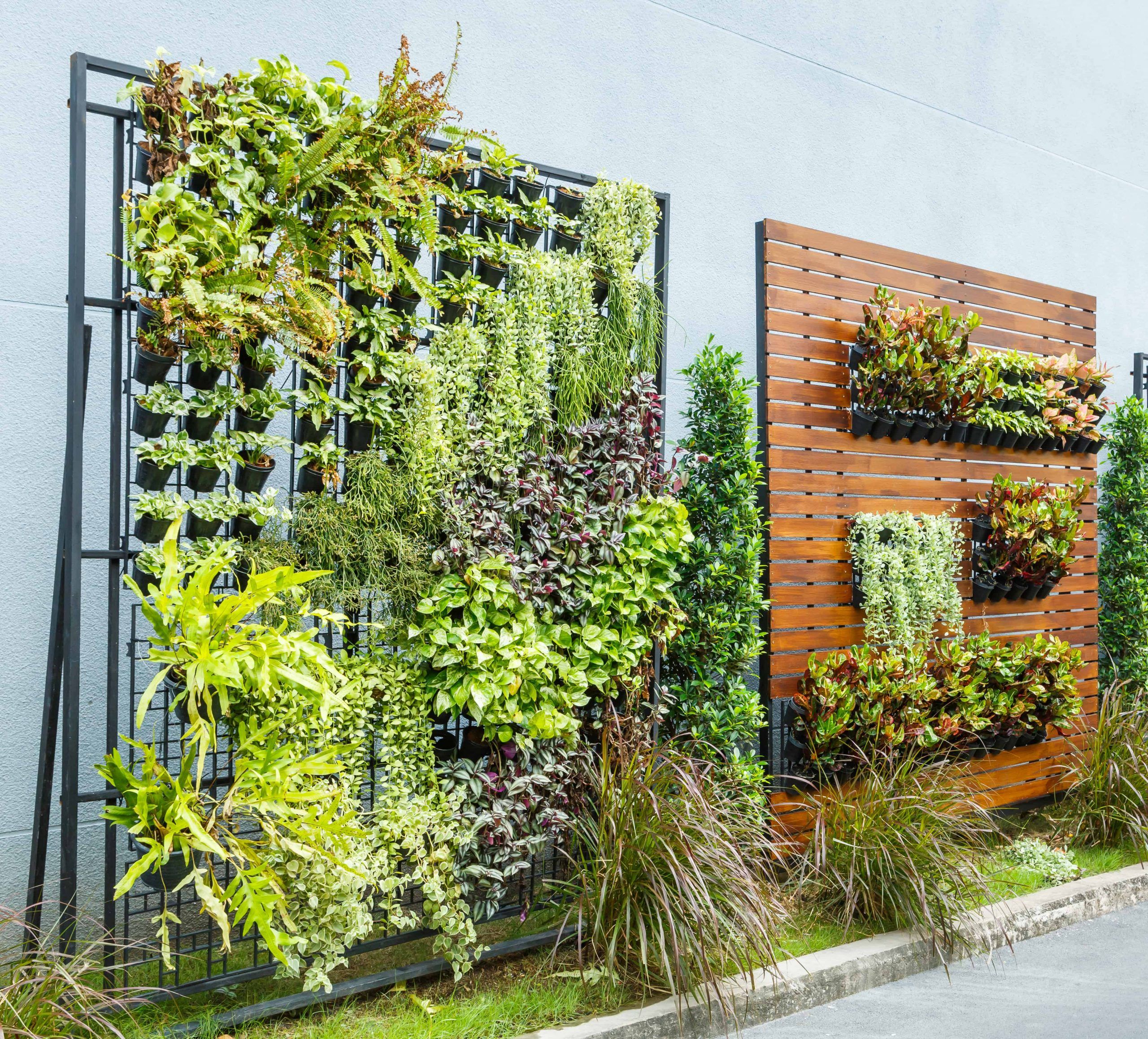
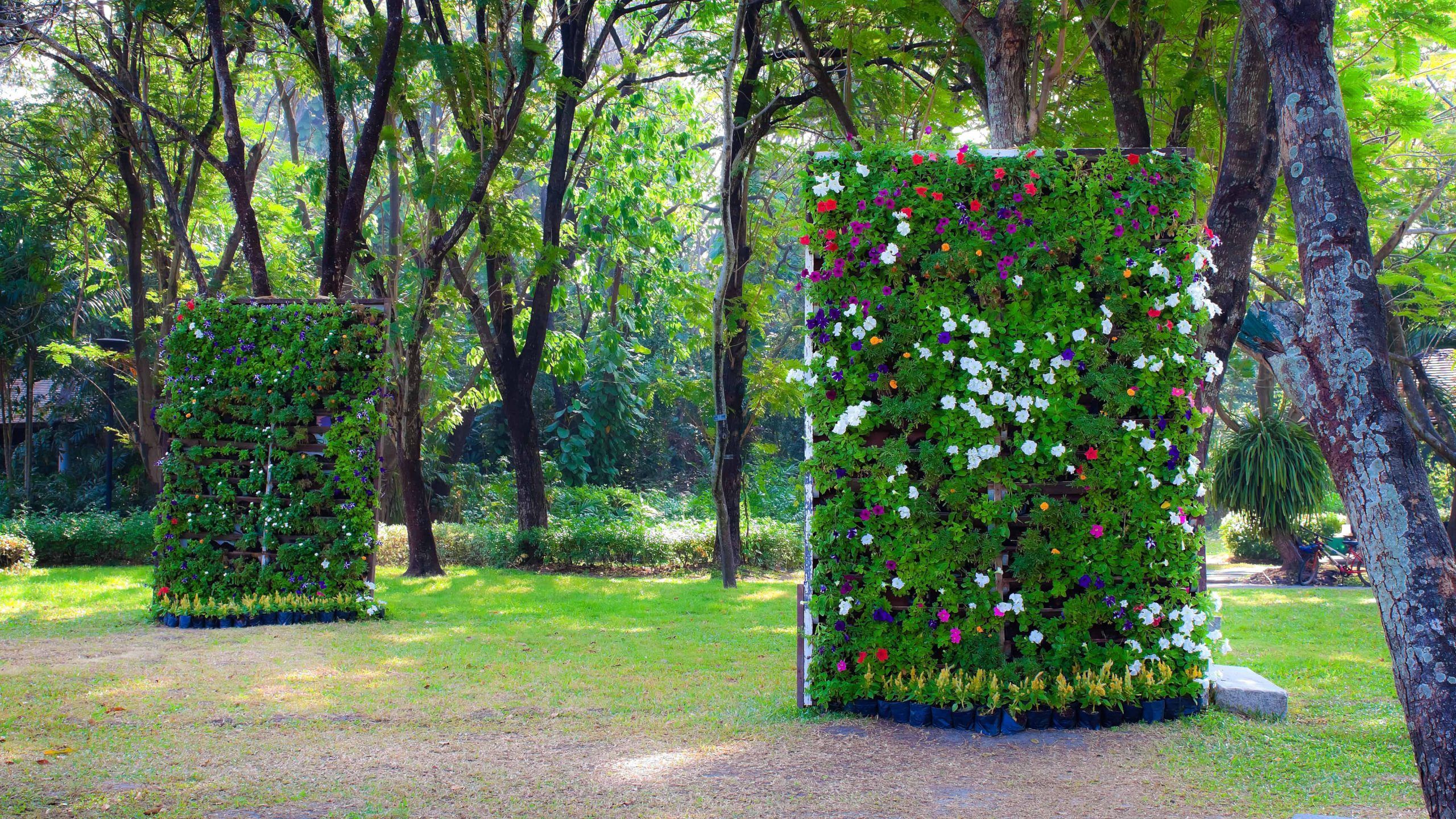
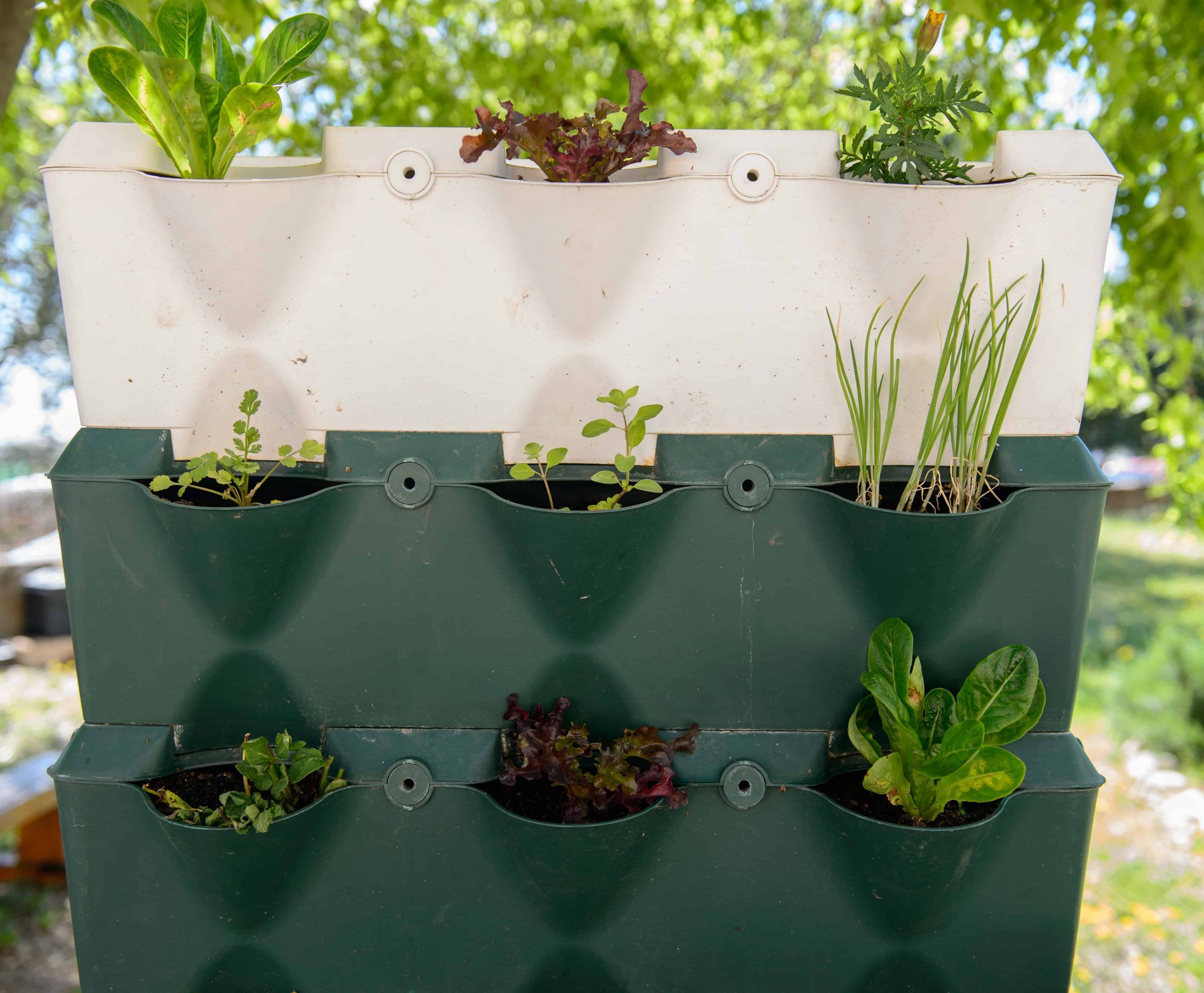
What advantages does a vertical garden have?
Amongthe most relevant advantages stand out:
- Absorption of carbon monoxide (C02), which improves air quality.
- Temperature adjustment, due to the fact that the plants maintain a lower internal ambient temperature in summer, by about 5 °C, and in winter it prevents it from falling.
- Natural acoustic insulation, improving the mood at home or office, because it reduces noise pollution by up to 10 decibels.
- Natural regulation of the ambient humidity level, thanks to the capture of negative ions.
- Reduction of the heat island effect in large urban centers.
How can we benefit?
The production of oxygen is incalculable, to the point that a square meter of plant cover provides all the needs that a single person requires to live.
But one of the greatest collective benefits of these architectural gardens is their ability to lower the internal temperature of a building. In summer they achieve a reduction of up to 5°C, which in winter they also maintain, which helps saveabout 500 euros per square meter per year.
Likewise,help prevent floodingbecause they absorb much of the water in rainy periods.
Another direct benefit is that in its conception, this ecological system is expected to provide a biological repellent that does not attractthe proliferation of insects and bacteria.
These plant covers also trap 130 grams of dust in a year, resulting in benefits for people’s health.
For example:A 4-story building with 60 square meters per floor, which has a facade covered by a vertical garden, will filter approximately 40 tons of toxic gases.
And even, it is capable of trapping and processing 15 kilograms of heavy metals per year.
How do we start our vertical garden?
choose from place
The first thing is to decide what type of vertical garden we prefer: a monochromatic one with greenish tones, or a multicolored one. You should also think about whether we aspire to have hanging plants or a jungle wall.
Butconsiderations around light and temperature,They are vital to decide the final location, depending on whether we want to have it in internal spaces of the home or office, or external environments.
Substrate and implements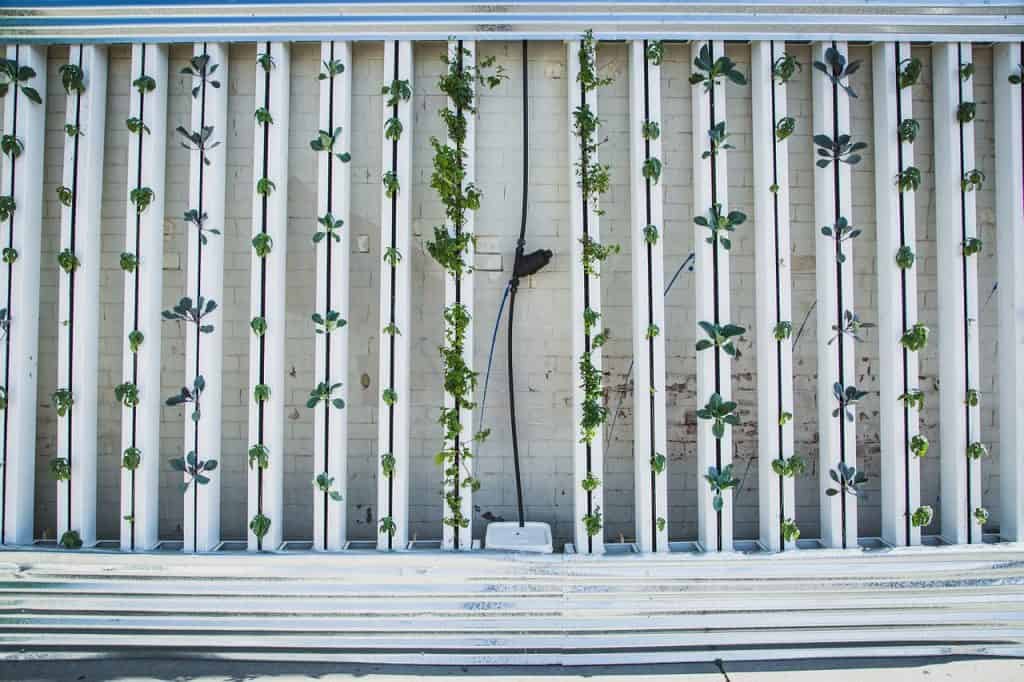
As there are many options, it is advisable first of all to look for information onthe various existing substrates and their advantages, such as hydroponic, with soil or mixed,in this way to decide properly which is the most convenient for our vertical garden.
A good existing formula in the market is the purchase of prefabricated gardens. Hydrowall is a great solution.
Irrigation system
Once the most suitable support has been installed, as well as the substrate where the vertical garden will be located, what follows isthe installation of the irrigation system.If, for example, we choose a modular system with ground, it would only needthe drip irrigation method (we recommend).
If you are not sure, it is better to consult an expert professional who will tell us which is the most convenient method.
Selection of plants for the vertical garden
If you have already managed to install the structure and its irrigation system, the most important thing comes:the selected plants.Here it is imperative that they all receive adequate light and humidity levels. Their location will be vital to prevent them from drying out.
How are vertical gardens cared for?
It is really important to study and control the substrate to be used, the environmental conditions and the physical-chemical characteristics of the medium.
In closed environments they are moderately controllable, but in open spaces, it will be essential to adapt to the environmental conditions of the place and its predominant plant species.
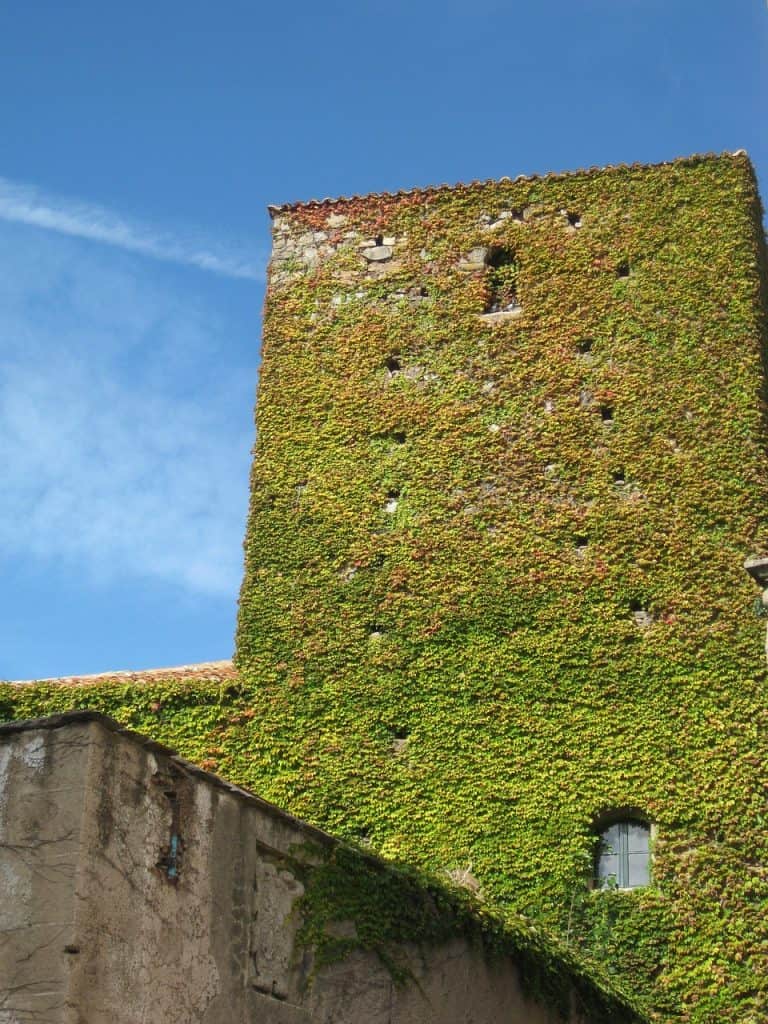 Another factor to take care of,perhaps the most importantIt resides in the control of imbalances in the pH of the soil, the conductivity of the water and dissolved gases or the so-called salinity, as well as the porosity or texture and depth of the substrate.
Another factor to take care of,perhaps the most importantIt resides in the control of imbalances in the pH of the soil, the conductivity of the water and dissolved gases or the so-called salinity, as well as the porosity or texture and depth of the substrate.
To do this, sensor systems can be installed that alert around these imbalances, which can be fatal if not corrected in time.
What plants work best in a vertical garden?
In these artificial ecosystems the selection of plants is vital. It is necessary to create associations of species, to look for mutalisms and interaction of plants, bacteria and fungi that will cohabit in the vertical garden, so that everyone benefits.
But what are then the most suitable plants?
In reality, plants always try to adapt to the habitat that supports them, and it does not matter so much if they come from a ravine, a crack or live on the banks of a river, but if we are going to take them to a new pre-fabricated environment, that wall vegetable we must identify it very well with respect to the management of sun or shade, depending on whether the vertical garden will be located indoors or outdoors.
From there, we will be able to identify which are the best sun or shade plants.
Watch out for this:An important piece of advice is to choose healthy plants with similar water requirements. Therefore, it is good to look for small plants, they are the best.
Let’s see which are the most recommended:
ferns
They are ideal for vertical gardens due to their great resistance to humidity y maravillosa manera de distribuir sus hojas, en forma colgante. Por lo general, se colocan en la parte inferior del jardín vertical, ya que soportan bastante la humedad.
Los mejores helechos para jardinería verticalson:Soleirolia Soleiroli, Nephrolepis Exaltata, Adiantum Raddiatum, Davallia Bullata, Asplenium Nidus, Blechum Gibbum, y Pteris Ensiformis.

Hostas
Son plantas herbáceas perennes de la familia Agavaceae nativa de Asia. Iluminarán áreas oscuras con su follaje y color verde, con hojas blancas o amarillas. Se ubican en sitios ornamentales a media sombra.
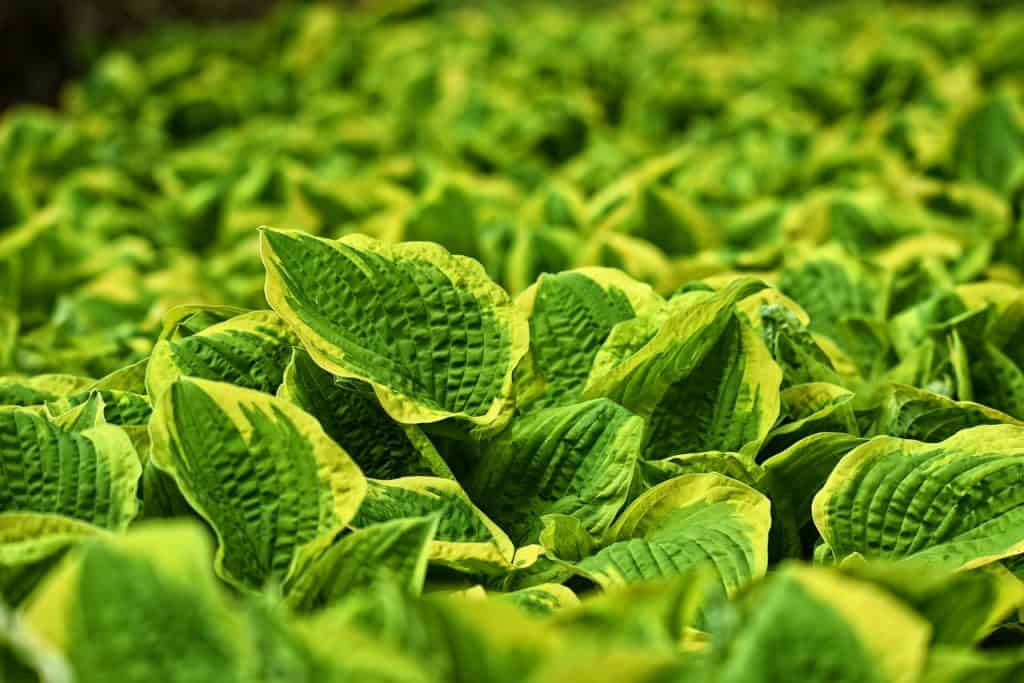
Orquídeas
De gran suntuosidad, hay tres especies ideales para jardines verticales: las del género Dendrobium, Miltonia o Cymbidium. Las orquídeas se colocan en la parte más alta del módulo a fin de impedir que las raíces se humedezcan incorrectamente.
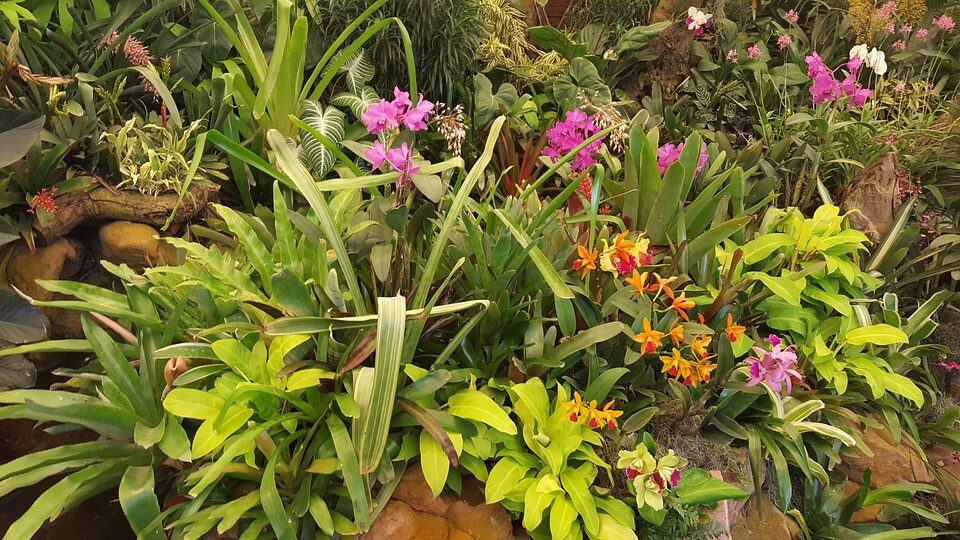
Trepadoras
Son muy populares en jardines verticales, porque crecen rápidamente sin muchas exigencias. Las especies más aconsejables son: Bugambillla, Hedera Hélix, Clematis Flammula, Hydrangea Anómala, Lonicera Japónica, Vitis Vinífera, Jasminum Officinale y Rosa o Aloha.
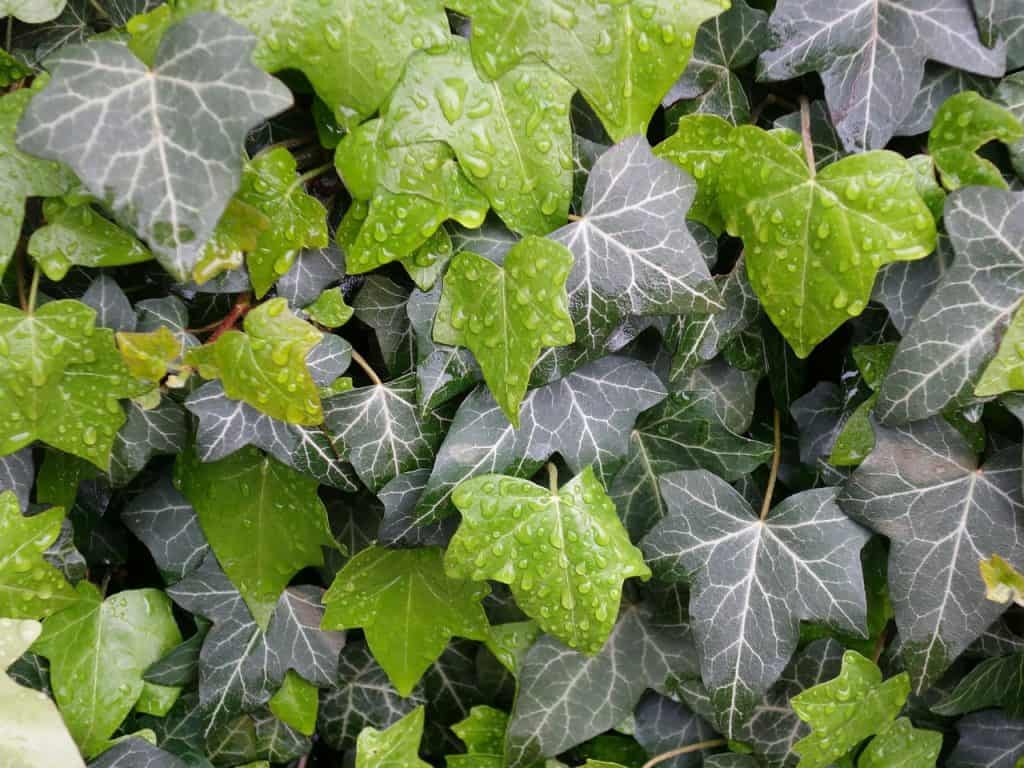
Enamorada del Muro
Esta planta familia de las moráceas, es una fantástica trepadora perenne de hojas en forma de corazón de 2 a 3 cms de largo. Les encantan los sitios oscuros porque son aficionadas a la humedad.
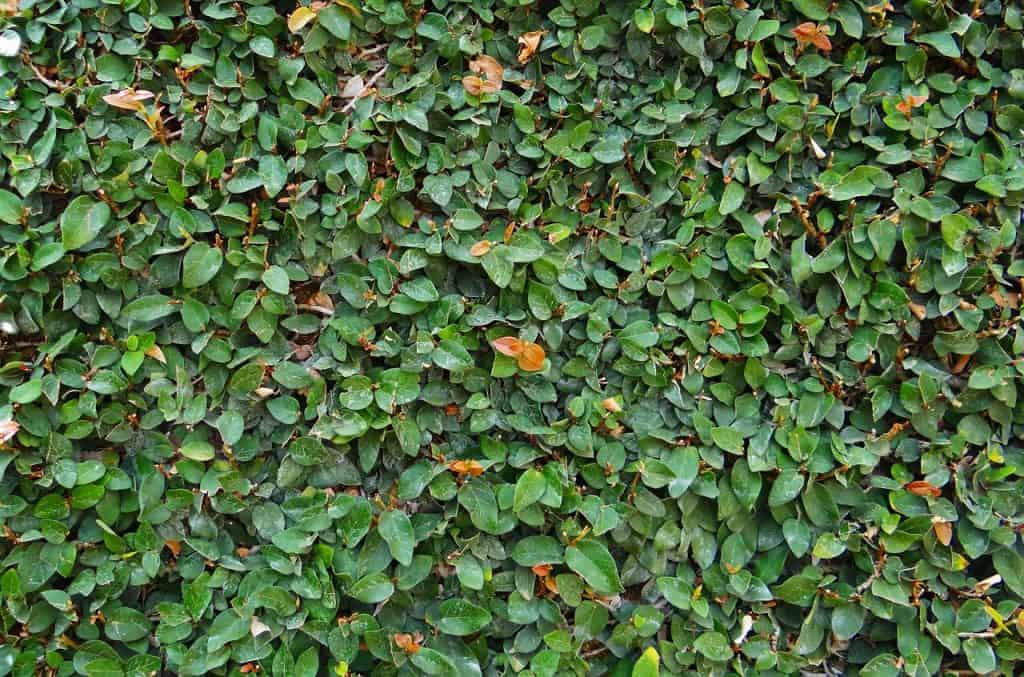
Cáscara de Nuez
Se cultiva en sombra o semisombra esta planta herbácea de hojas en forma de corazón y estriaciones, con difuminados verde o rojizos. Necesita poco riego y en su tiempo de floración, en el verano, bota una florecita blanca.
Siempre que deseemos pintar de colores nuestro jardín vertical, podemos contar con las siguientes maravillas florales que nos regala la naturaleza.
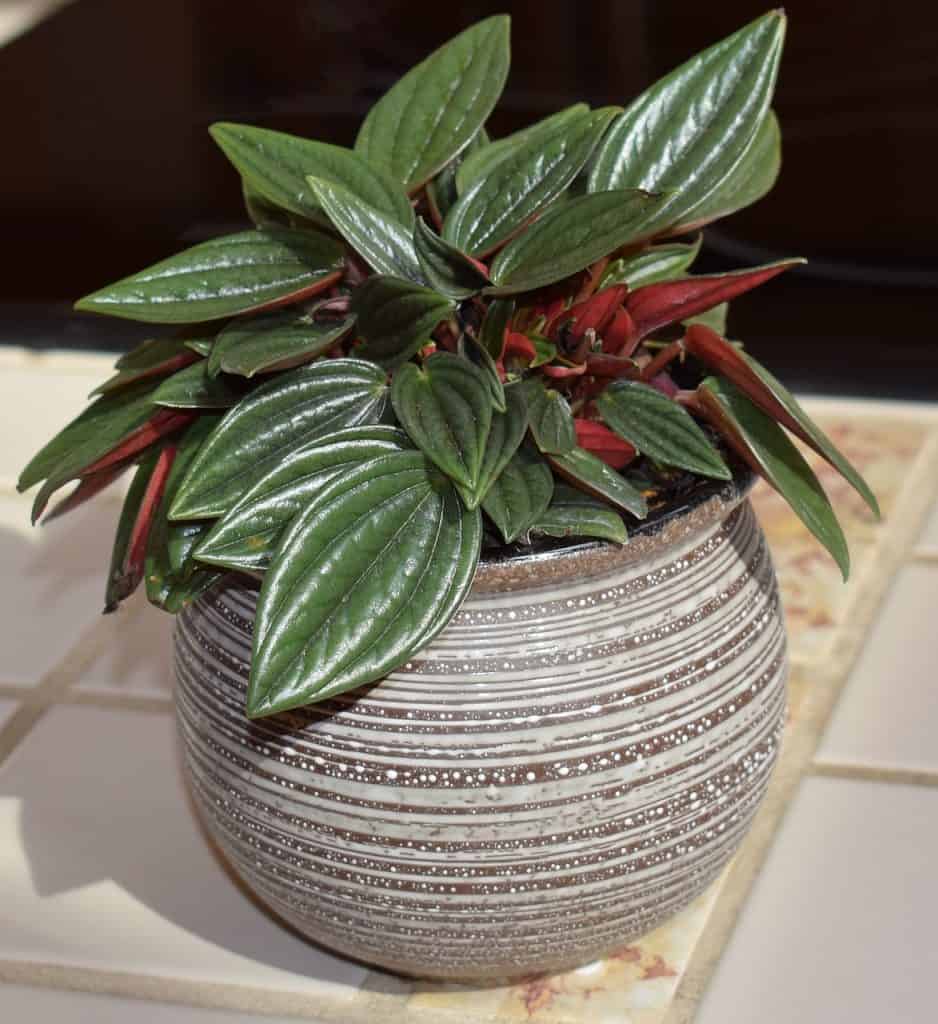
Begoñas
The flowers of the begonia,They are special for outdoors, since they need to grow with the help of sunlight. As they bloom throughout the year, they are spectacular in outdoor vertical gardens, provided they are provided with good environmental humidity, soil rich in humus and a temperature that ranges between 17°C to 23°C.
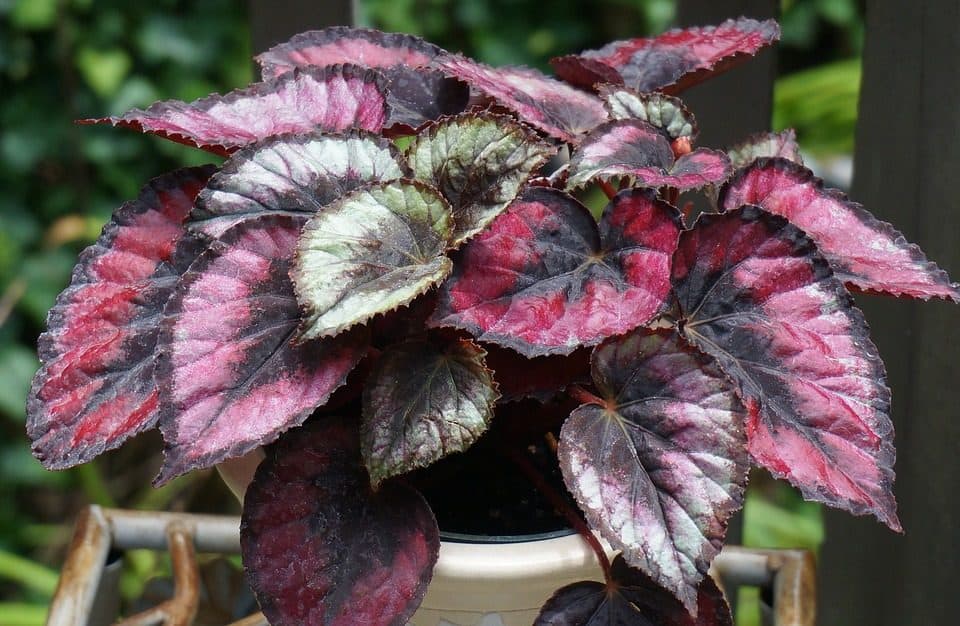
Geraniums
Its wonderful flowers with five petals and spectacular colors, ranging from whiteto pink, blue, purple, orange and its incomparable aroma,they will give a unique multicolored light to the vertical garden that welcomes them, but it should not be forgotten that excess moisture rots their roots and that they need about 6 hours of sunlight andgood amount of water.
Geraniums must be fertilized in summer and pruned in autumn and they will give abundant flowers.
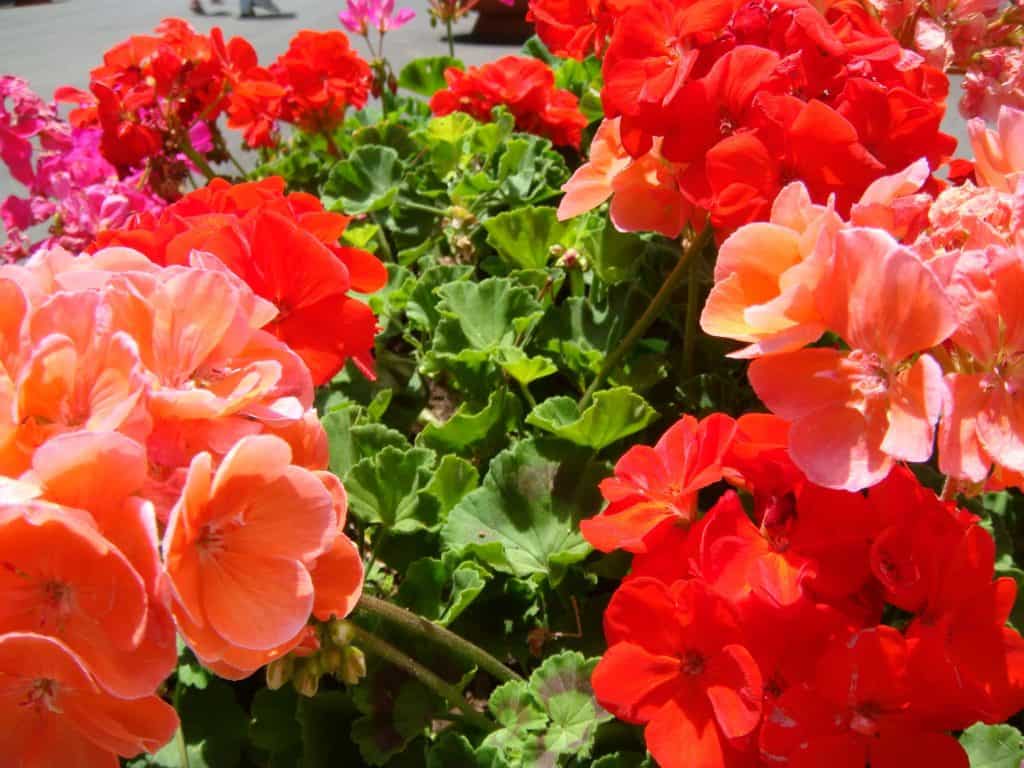
Examples of vertical gardens
Musee du Quai Branly
The most famous green walls or vertical gardens in the world, after the brilliant invention of the French botanist Patrick Blanc, who invented the first one in 1988, for the City of Science and Industry, in Paris.
These structures, framed in the so-called sustainable architecture, offer a unique visual spectacle.
Patrick Blanc is the author of the wall of the Musée du Quai Branly, in Paris, made up of 15,000 plants of more than 150 species, very close to the Eiffel Tower.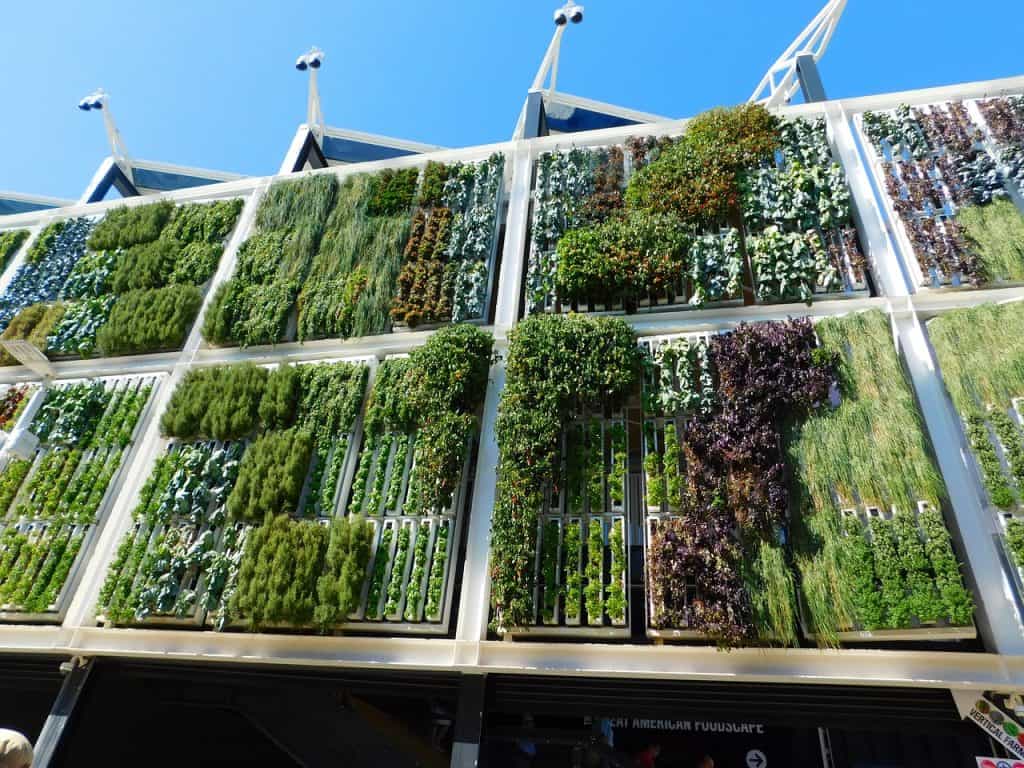
Max Juvenal Bridge
Also in France is the Max Juvenal Bridge, in Aix-en-Provence, which boastsa green wall of 605 m2, 15 meters highand more than 20,000 plants or at Cité de L’Espace, located in Toulouse, where they managed to harmonize more than 200 plants from different parts of the planet.
Gardens by the Bay
But one of the most impressive walls is found in the horticulture and architecture theme park, Gardens by the Bay, built in Singapore, designed by Wilkinson Eyre, who placed the world’s largest waterfall inside it.
Caixa Forum green wall
In the famous Prado Pass in Madrid, the green wall of the Caixa Fórum can be seen in all its splendor, 24 meters high and with 15,000 plants of 205 different species, a show also conceived by Blanc.
Milan
Milan is not far behind. In the II Fiordaliso shopping center, there is a vertical garden of 1,262 m2, one of the largest in Europe, where more than 44,000 thousand plants of 200 different species coexist.
Alberta International Airport
For its part, the Edmonton International Airport, in Alberta, Canada, has a particularly fresh atmosphere, thanks to a green wall of 132 m2 and more than 80,000 plants of 80 different species.
Mexico City: Sor Juana Cloister
Another spectacular vertical garden is on display in Mexico City, the Aztec capital. In the Universidad del Claustro Sor Juana, the most important green wall in America was inaugurated in 2012, with more than 250 species of plants and an area of 400 m2.
Siam paragon: Bangkok
And in Siam Paragon,a very famous mall located in Bangkok, Thailand, the French Patrick Blanc did it again and created another beautiful vertical garden inside the place that attracts thousands of tourists daily.

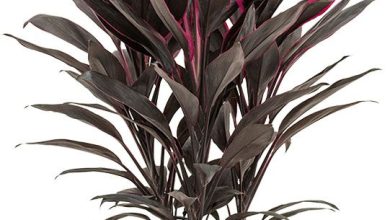
![Photo of Creeper Jasmine Care: [Soil, Moisture, Pruning and Problems]](https://www.complete-gardening.com/wp-content/uploads/2021/06/41JepS-TEQL._SL500_-390x220.jpg)
![Photo of The Diamond Yam: How, Where and When to Plant it? [Steps + Images]](https://www.complete-gardening.com/wp-content/uploads/2022/08/the-diamond-yam-how-where-and-when-to-plant-it-steps-images-390x220.jpg)
![Photo of Boxwood cuttings: [Concept, Season, Rooting and Sowing]](https://www.complete-gardening.com/wp-content/uploads/2021/06/Que-significa-plantar-por-esquejes-7-390x220.jpg)